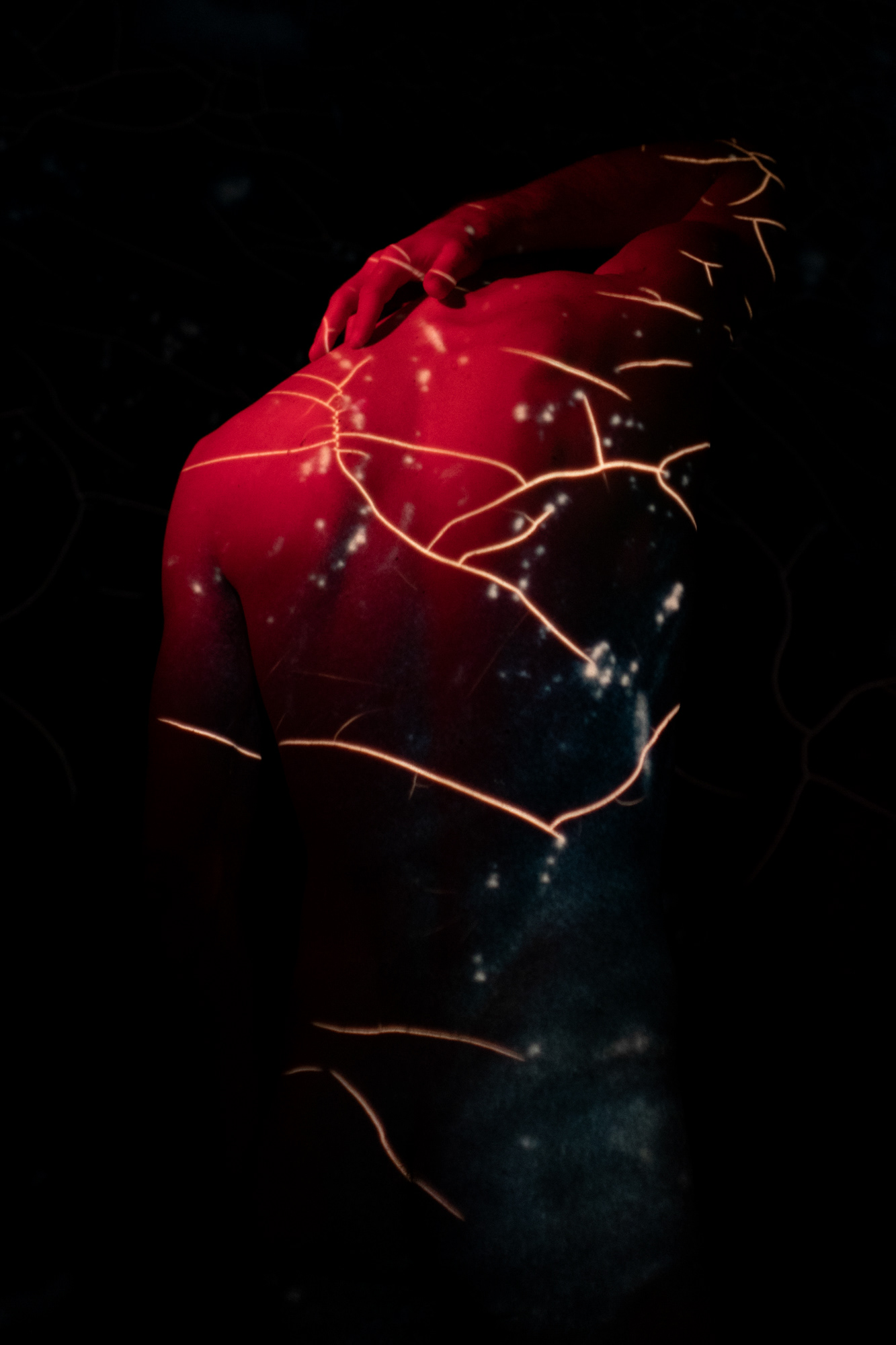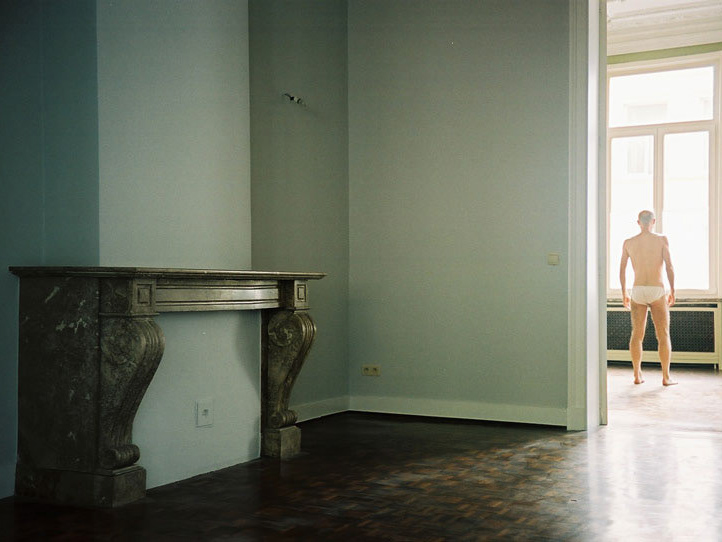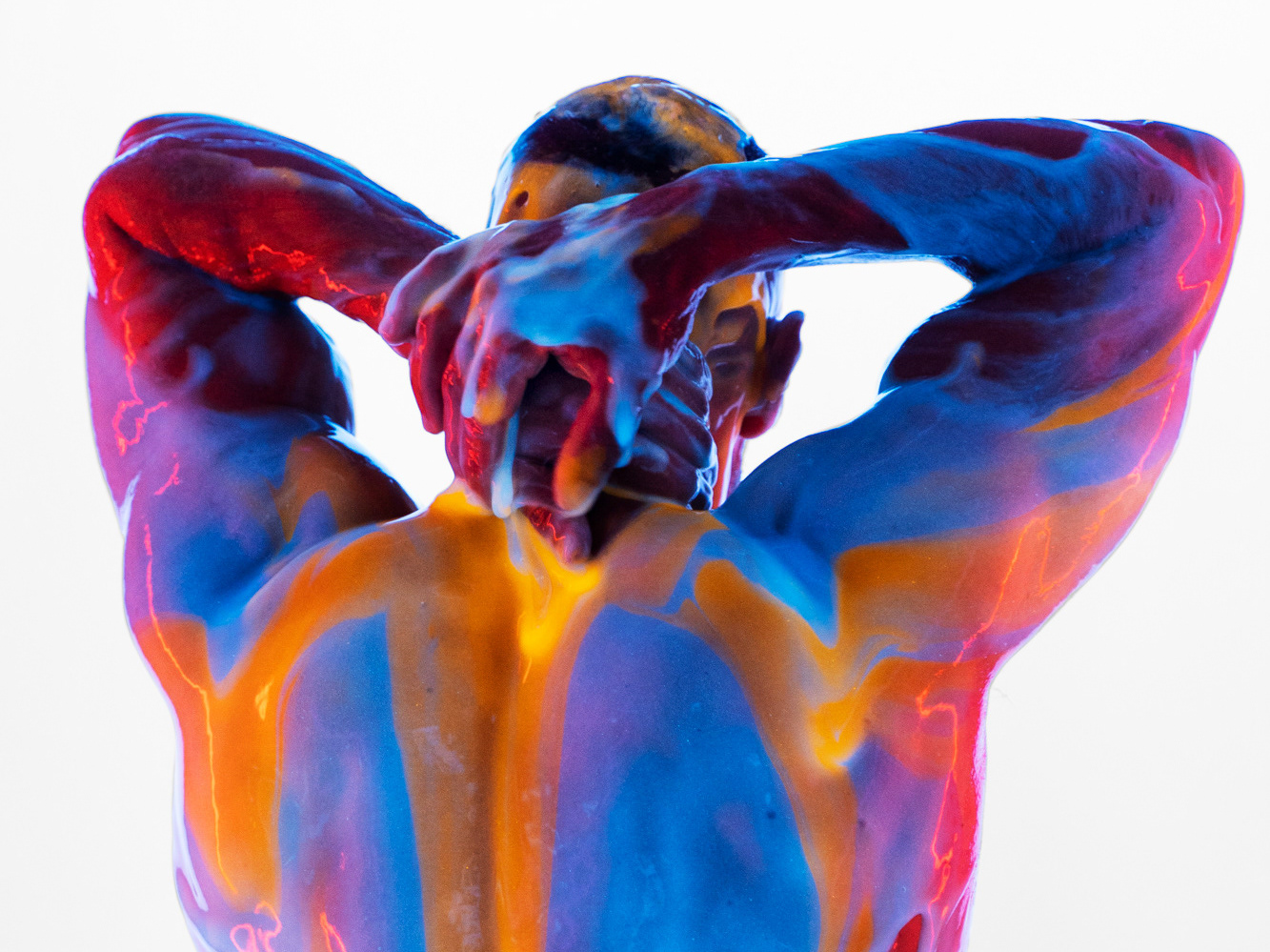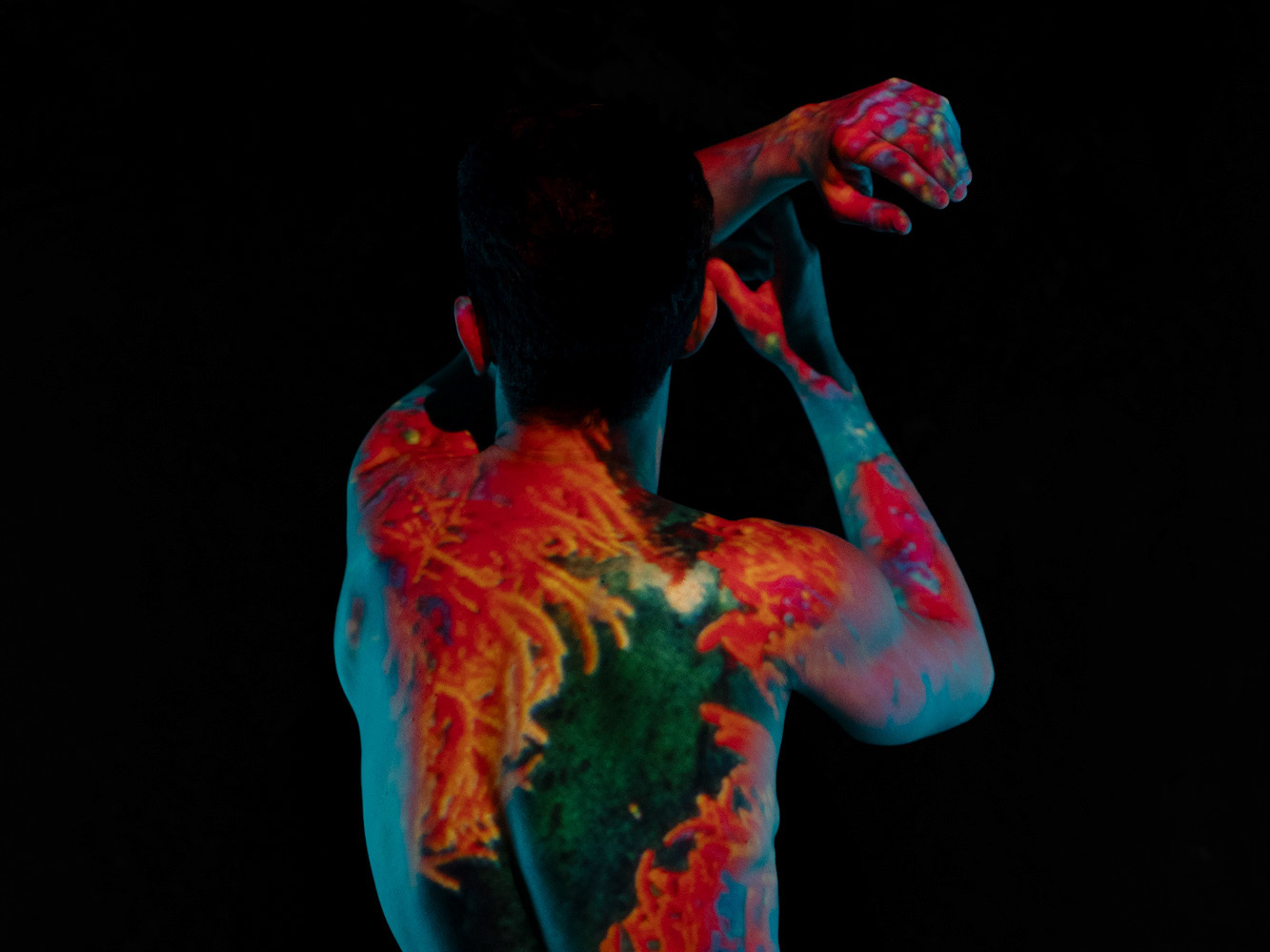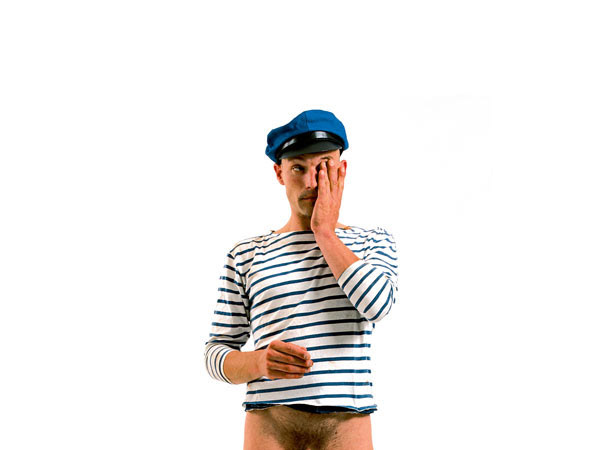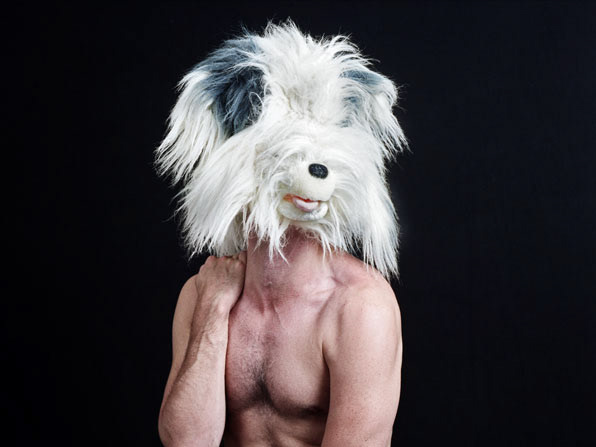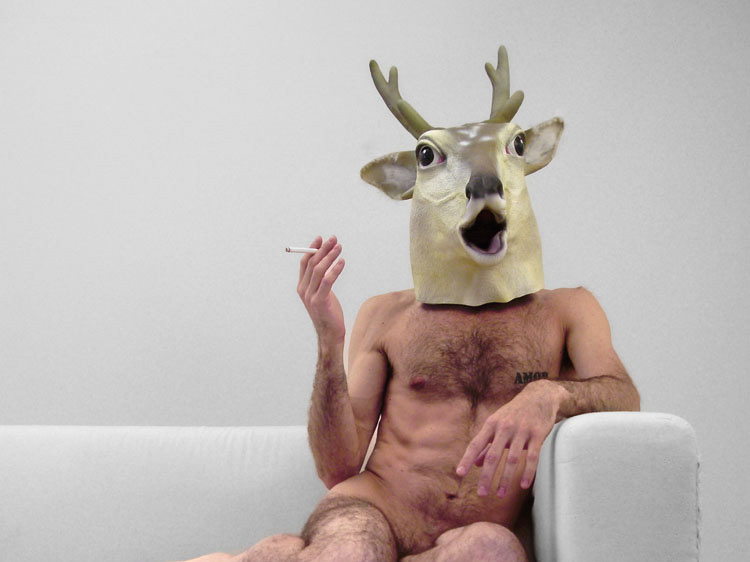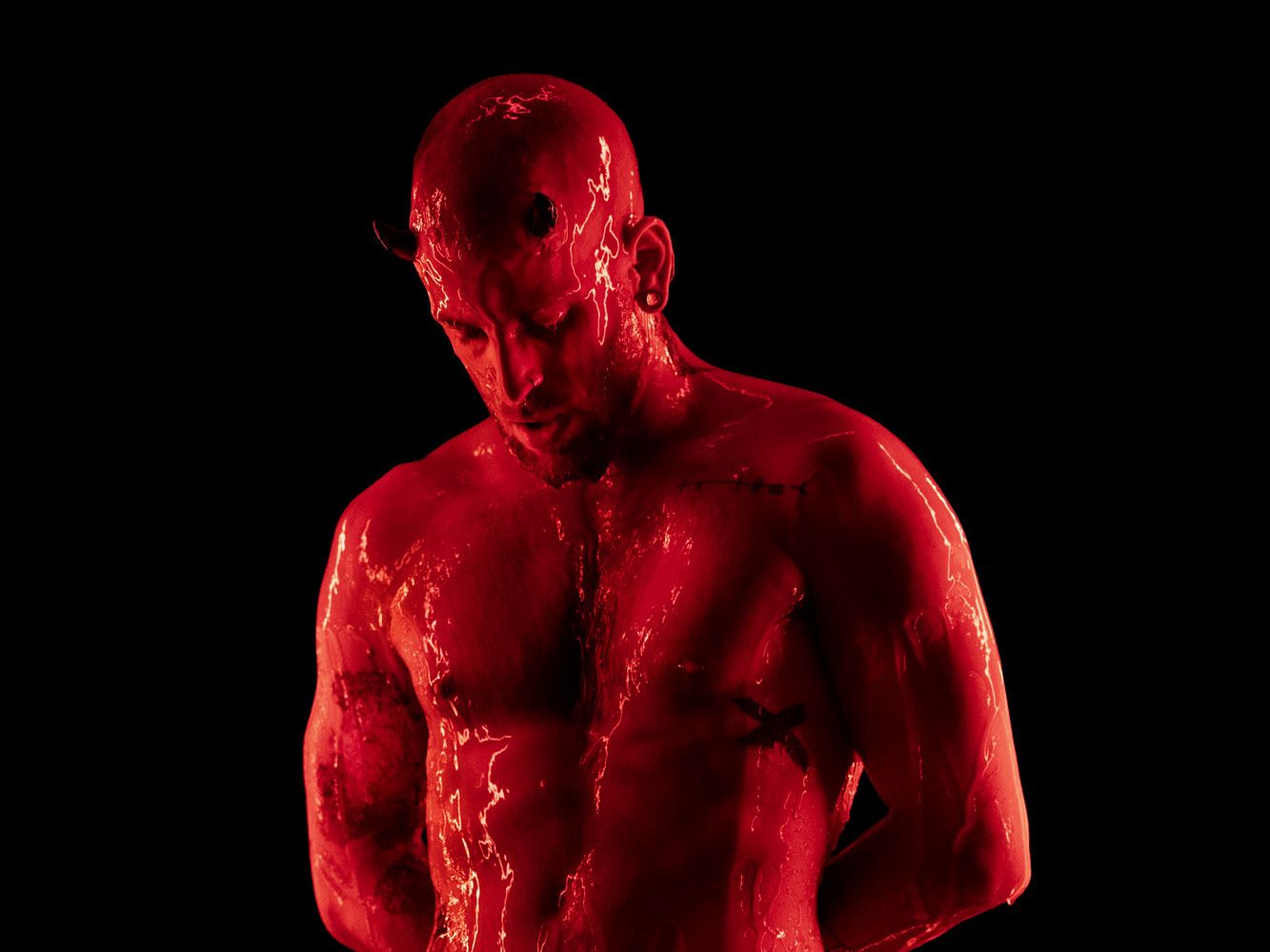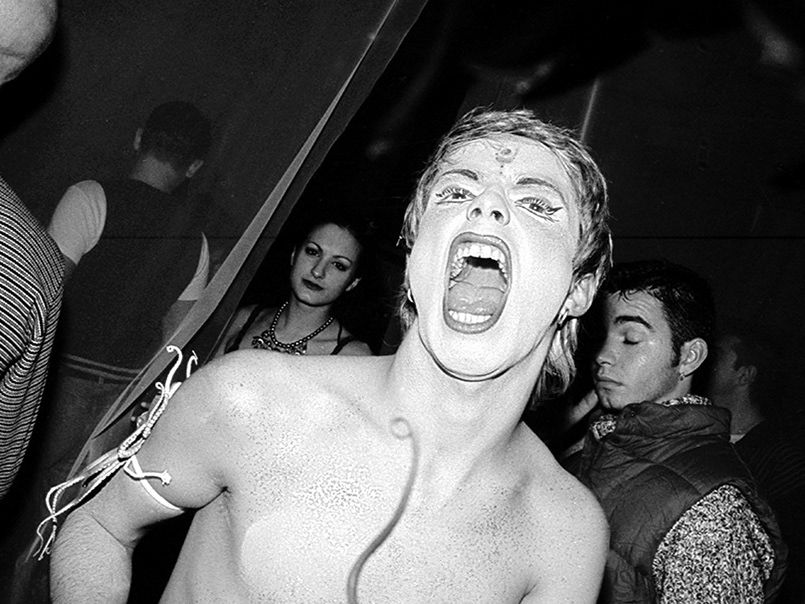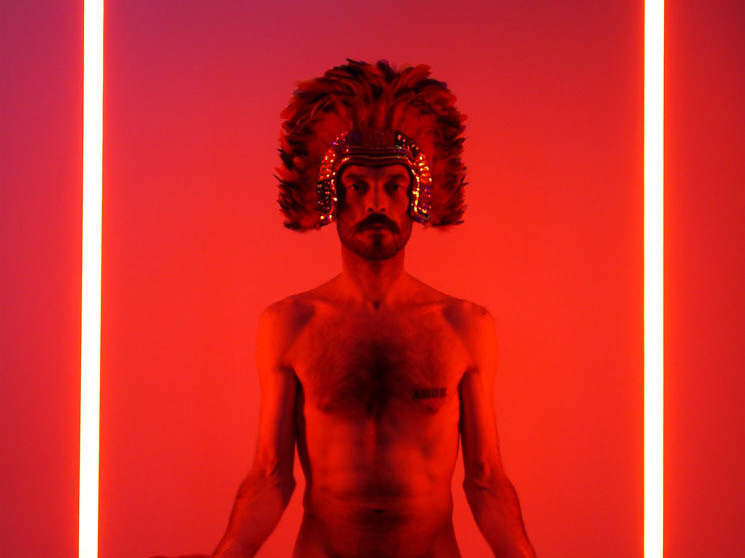Post Tenebras Lux (STAINED GLASS) : évolution et exploration.
L’évolution du projet Post Tenebras Lux explore l’interaction entre lumière et matière à travers une approche expérimentale. En utilisant des projections de diapositives sur acétate et des peintures pour vitraux, cette recherche en cours vise à transcender la lumière en tant que simple phénomène physique pour en faire une substance malléable, presque tangible.
Le projet Post Tenebras Lux (STAINED GLASS) – signifiant « après les ténèbres, la lumière » – est une réflexion sur la transformation, un dialogue entre matérialité et immatérialité. L’aspect photographique et l’aspect plastique s’entrelacent pour ne former qu’un seul élan créatif : de la chair à la lumière, et de la lumière comme matière vivante.
Ici, la lumière devient un pinceau, peignant les corps comme des toiles tridimensionnelles, renouant ainsi avec l’essence première de la photographie : écrire avec la lumière. La performance elle-même s’incarne dans l’image, tandis que la capture photographique en devient le témoignage. Chaque cliché résulte d’un processus hybride, fusionnant performance, arts plastiques et prise de vue, où la lumière joue un rôle central et fondamental. Elle révèle, sculpte et extrait les corps de l’ombre pour les inscrire dans une nouvelle dimension visuelle.
Par extension, Post Tenebras Lux (STAINED GLASS) évoque aussi l’idée d’une renaissance du regard : « après la cécité, la vue ». C’est un exercice de re-vision, une redécouverte du corps, de sa physicalité et de sa beauté. Ce travail revisite les codes du classicisme tout en les recontextualisant à travers une sensibilité contemporaine. Il est une passerelle entre mes influences et mon interprétation personnelle du corps en tant qu’objet artistique.
Mon regard se nourrit d’un kaléidoscope d’inspirations multiples :
L’art grec et romain classique, le néo-classicisme, le surréalisme, l’Art Déco et la culture pop.
En photographie, le nu selon Wilhelm von Gloeden, Jean Agélou, Edward Weston ou Robert Mapplethorpe.
Le portrait chez Nadar, James Bidgood, Pierre et Gilles, ou encore l’approche graphique de Jean-Paul Goude.
L’art grec et romain classique, le néo-classicisme, le surréalisme, l’Art Déco et la culture pop.
En photographie, le nu selon Wilhelm von Gloeden, Jean Agélou, Edward Weston ou Robert Mapplethorpe.
Le portrait chez Nadar, James Bidgood, Pierre et Gilles, ou encore l’approche graphique de Jean-Paul Goude.
Note d’intention
Ce projet met en lumière la nudité masculine et interroge sa place dans l’histoire de l’art. Pendant des siècles, le corps féminin a été érigé en objet de beauté et de désir, omniprésent dans l’iconographie artistique. Post Tenebras Lux cherche à rétablir un équilibre en mettant le corps masculin au même niveau, non pour l’opposer, mais pour réajuster les perspectives et instaurer une égalité visuelle et symbolique.
Cette démarche est un acte de déconstruction : elle vise à dissiper l’héritage machiste qui a longtemps conditionné la représentation du corps féminin et à remettre en question les archétypes de la masculinité. Loin d’une simple inversion des rôles, il s’agit d’effacer les hiérarchies et d’offrir une vision affranchie des normes oppressives.
Le temps avance, et les mentalités doivent évoluer avec lui.
ENGLISH VERSION
Post Tenebras Lux: Evolution and Exploration.
The evolution of the Post Tenebras Lux project explores the interaction between light and matter through an experimental approach. Using acetate slide projections and stained glass paints, this ongoing research seeks to transcend light as a mere physical phenomenon, transforming it into a malleable, almost tangible substance.
The project Post Tenebras Lux (STAINED GLASS)—meaning "after darkness, light"—is a reflection on transformation, a dialogue between materiality and immateriality. The photographic and plastic aspects intertwine into a single creative momentum: from flesh to light, and from light as a living material.
Here, light becomes a brush, painting bodies as three-dimensional canvases, reconnecting with the very essence of photography: writing with light. The performance itself takes shape within the image, while the photographic capture serves as its testimony. Each shot results from a hybrid process, merging performance, visual arts, and photography, where light plays a central and fundamental role. It reveals, sculpts, and extracts bodies from the shadows, inscribing them into a new visual dimension.
By extension, Post Tenebras Lux (STAINED GLASS) also evokes the idea of a rebirth of vision: "after blindness, sight." It is an exercise in re-vision, a rediscovery of the body, its physicality, and its beauty. This work revisits the codes of classicism while recontextualizing them through a contemporary sensibility. It forms a bridge between my influences and my personal interpretation of the body as an artistic object.
My vision is nourished by a kaleidoscope of multiple inspirations:
Classical Greek and Roman art, Neoclassicism, Surrealism, Art Deco, and Pop culture.
In photography, the nude works of Wilhelm von Gloeden, Jean Agélou, Edward Weston, and Robert Mapplethorpe.
Portraiture by Nadar, James Bidgood, Pierre et Gilles, and the graphic approach of Jean-Paul Goude.
Classical Greek and Roman art, Neoclassicism, Surrealism, Art Deco, and Pop culture.
In photography, the nude works of Wilhelm von Gloeden, Jean Agélou, Edward Weston, and Robert Mapplethorpe.
Portraiture by Nadar, James Bidgood, Pierre et Gilles, and the graphic approach of Jean-Paul Goude.
Statement of Intent
This project highlights male nudity and questions its place in the history of art. For centuries, the female body has been elevated as an object of beauty and desire, omnipresent in artistic iconography. Post Tenebras Lux seeks to restore balance by placing the male body on the same level—not to oppose it but to adjust perspectives and establish visual and symbolic equality.
This approach is an act of deconstruction: it aims to dispel the machismo-laden legacy that has long conditioned the representation of the female body and to challenge archetypes of masculinity. Far from a mere role reversal, the goal is to erase hierarchies and offer a vision liberated from oppressive norms.
Time moves forward, and mentalities must evolve with it.
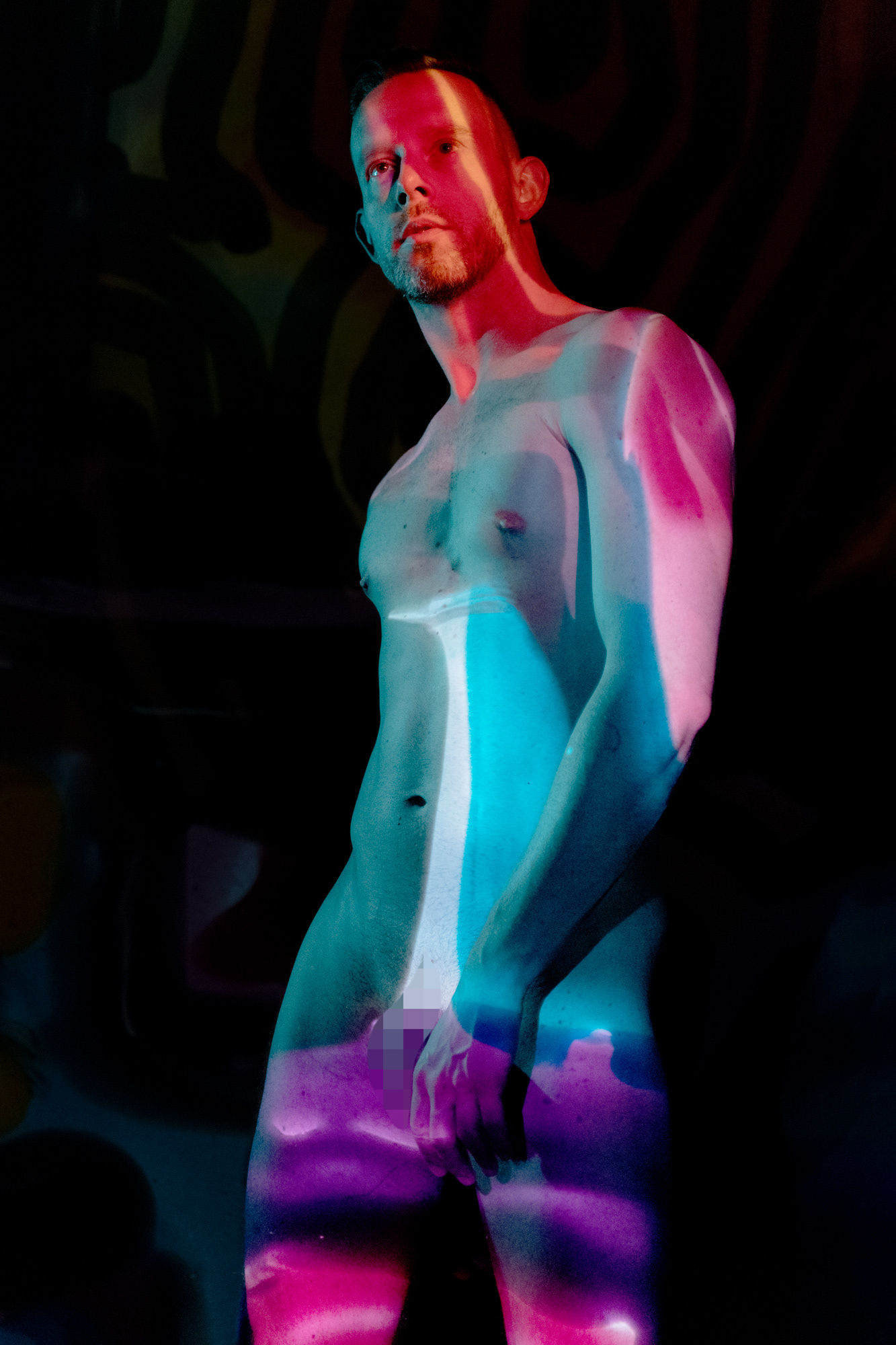
Fred
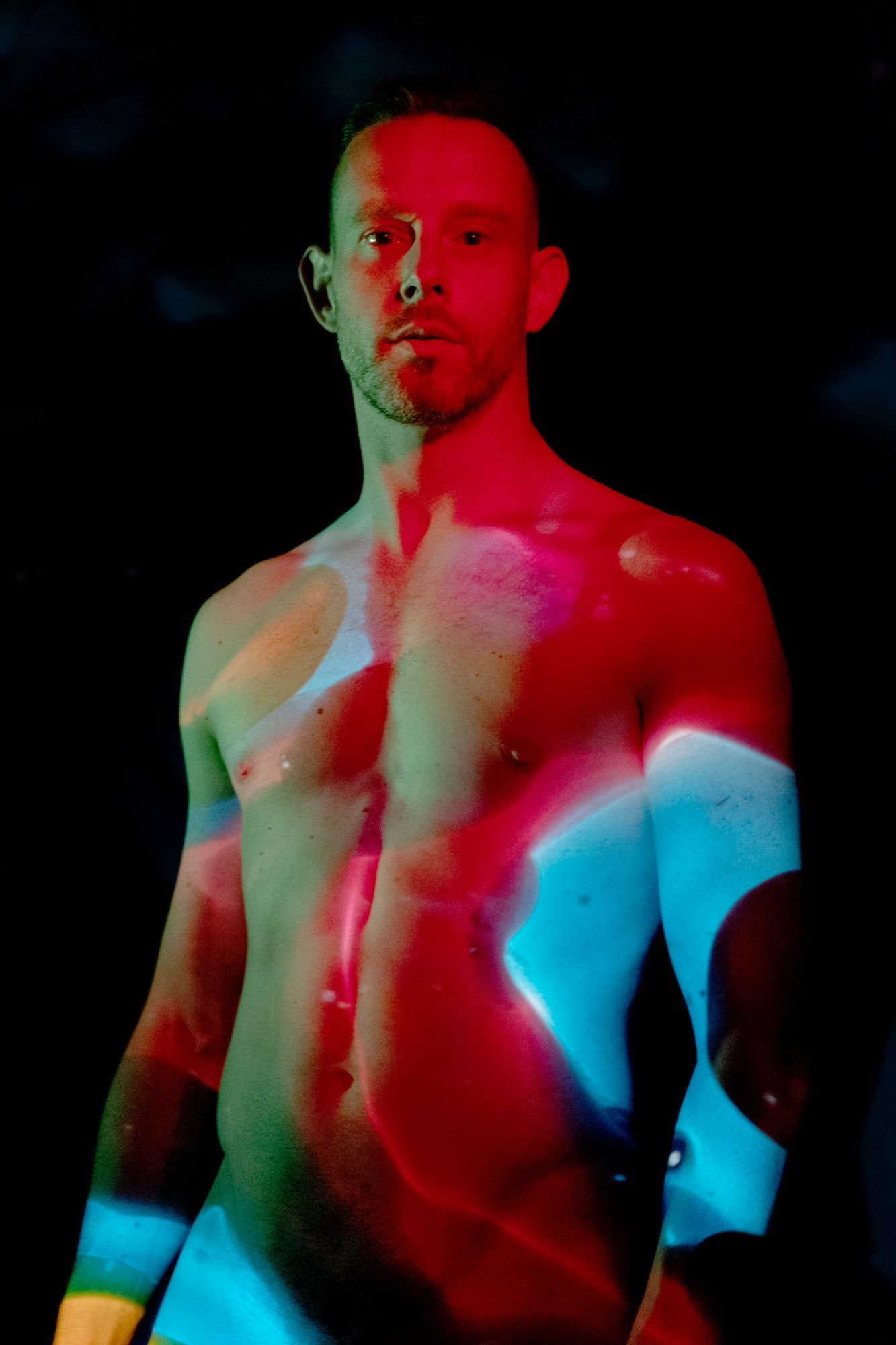
Fred
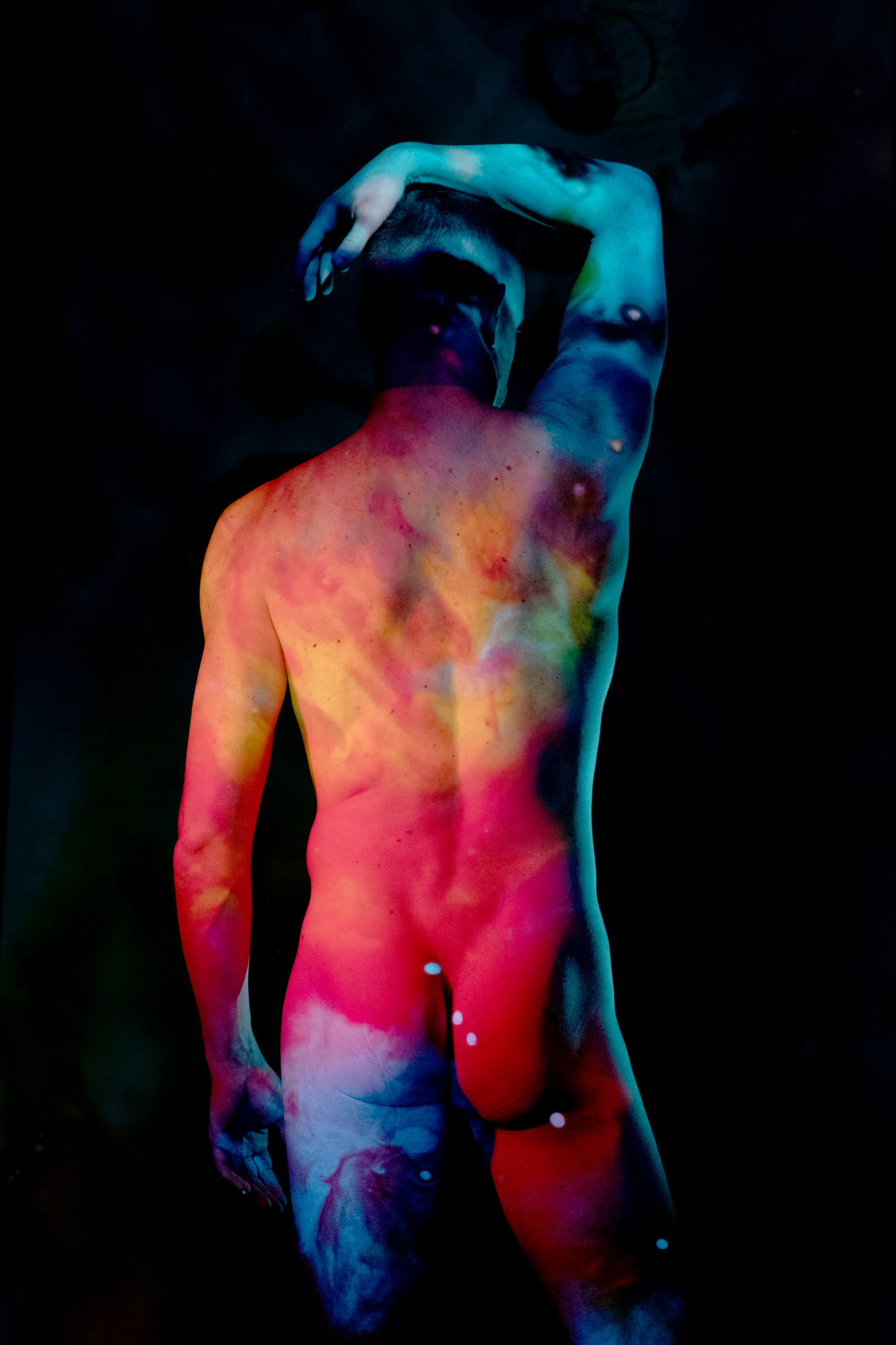
Fred
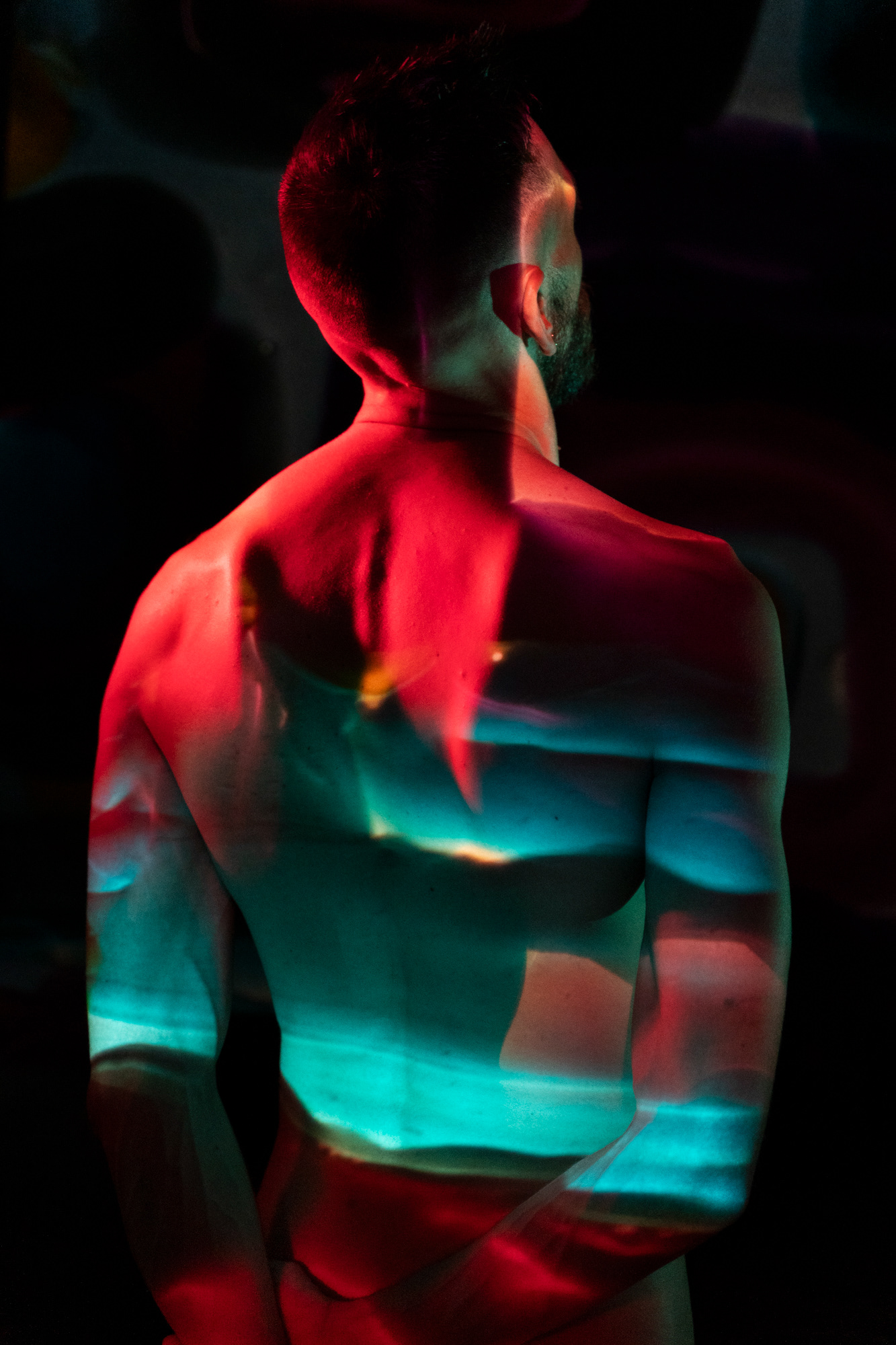
Remy
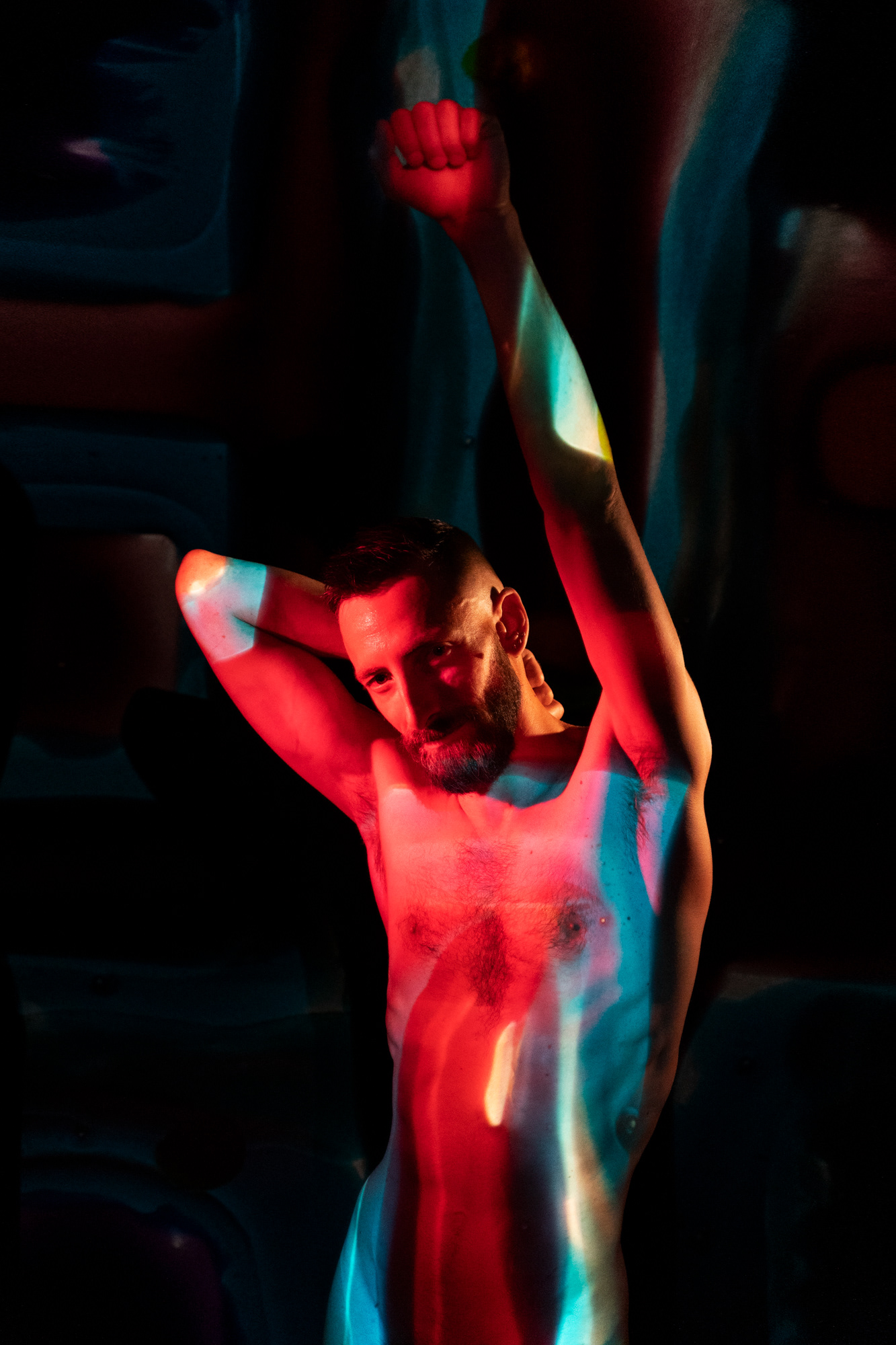
Remy
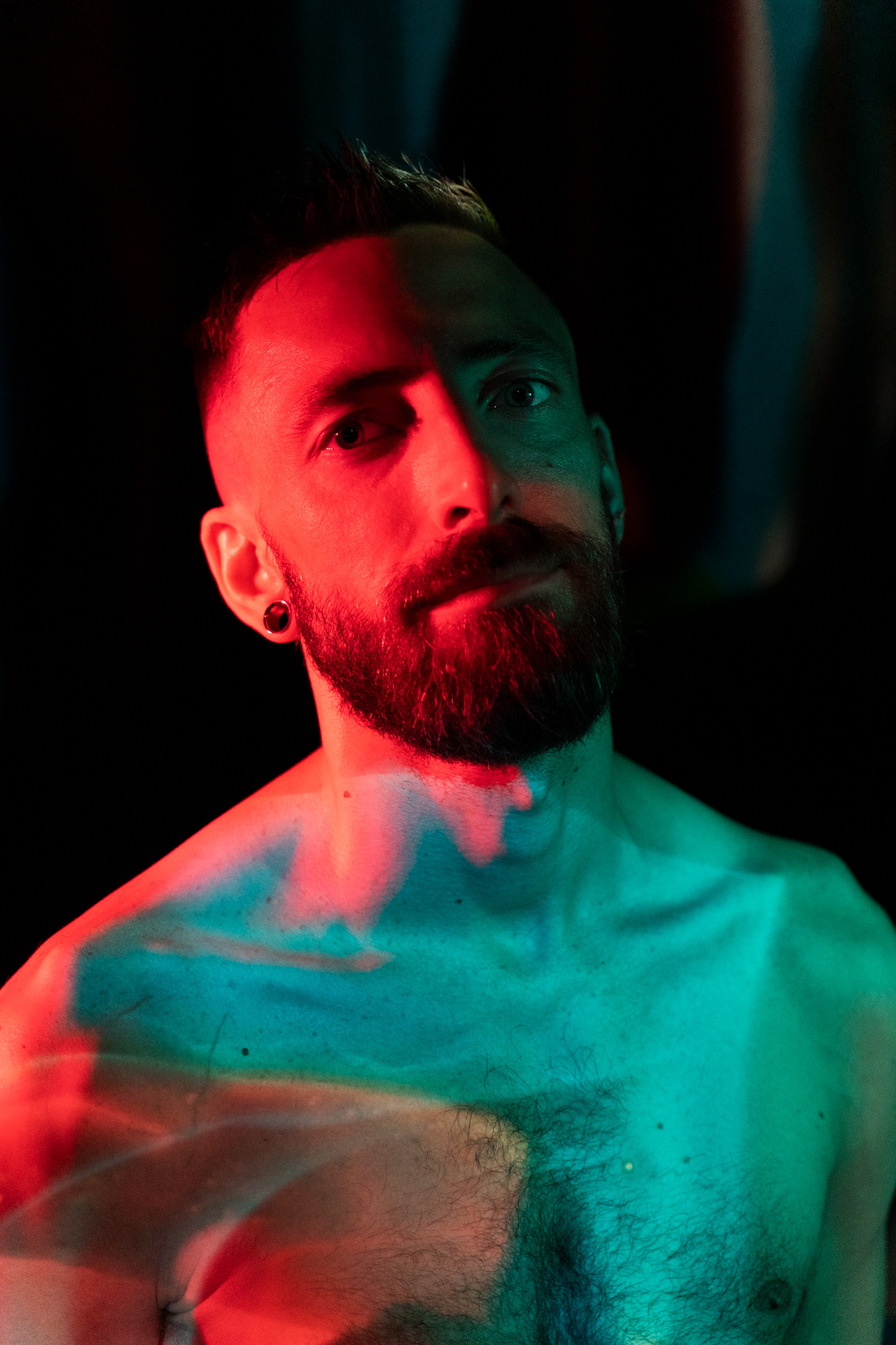
Remy
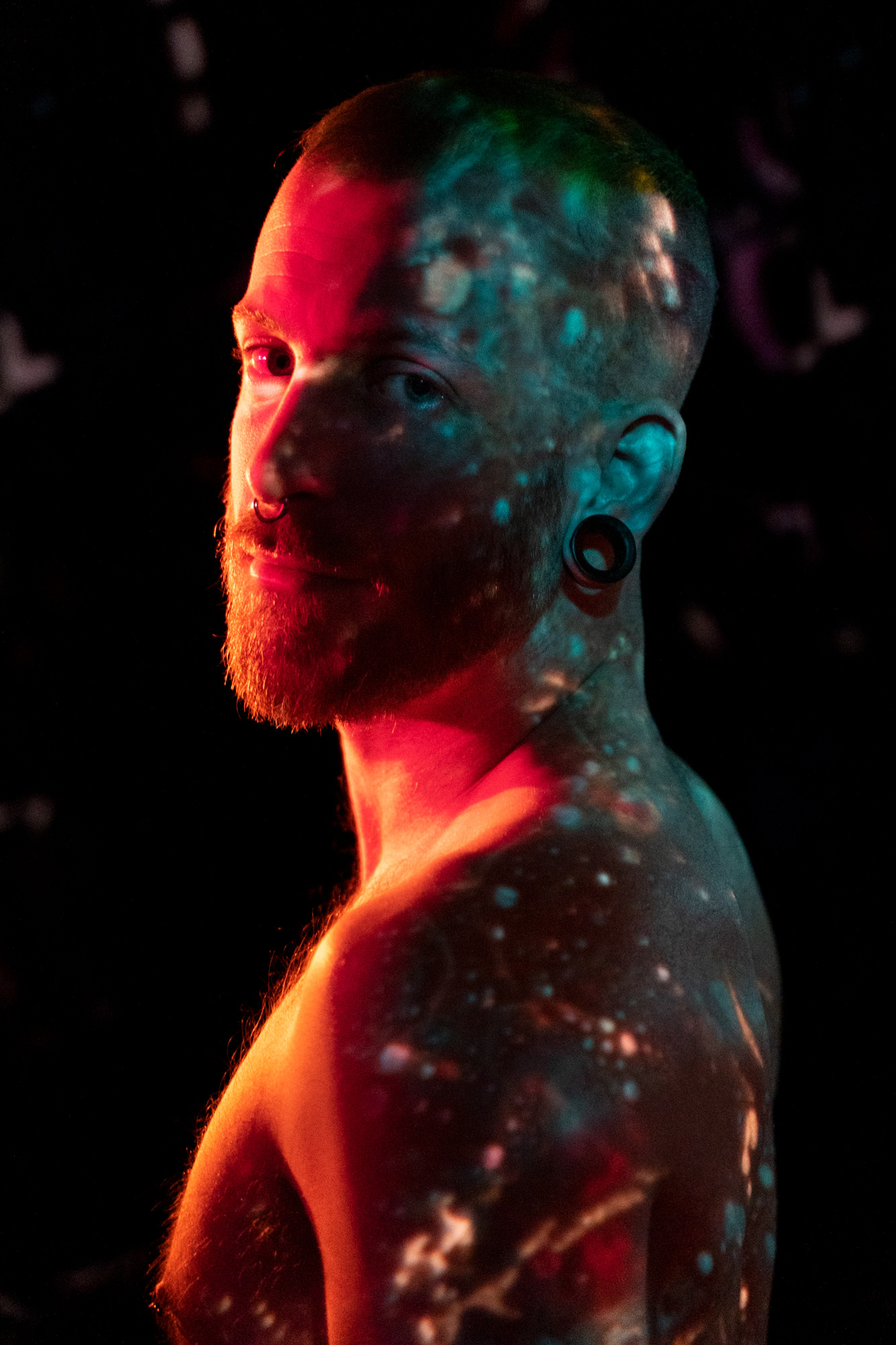
Sebastien
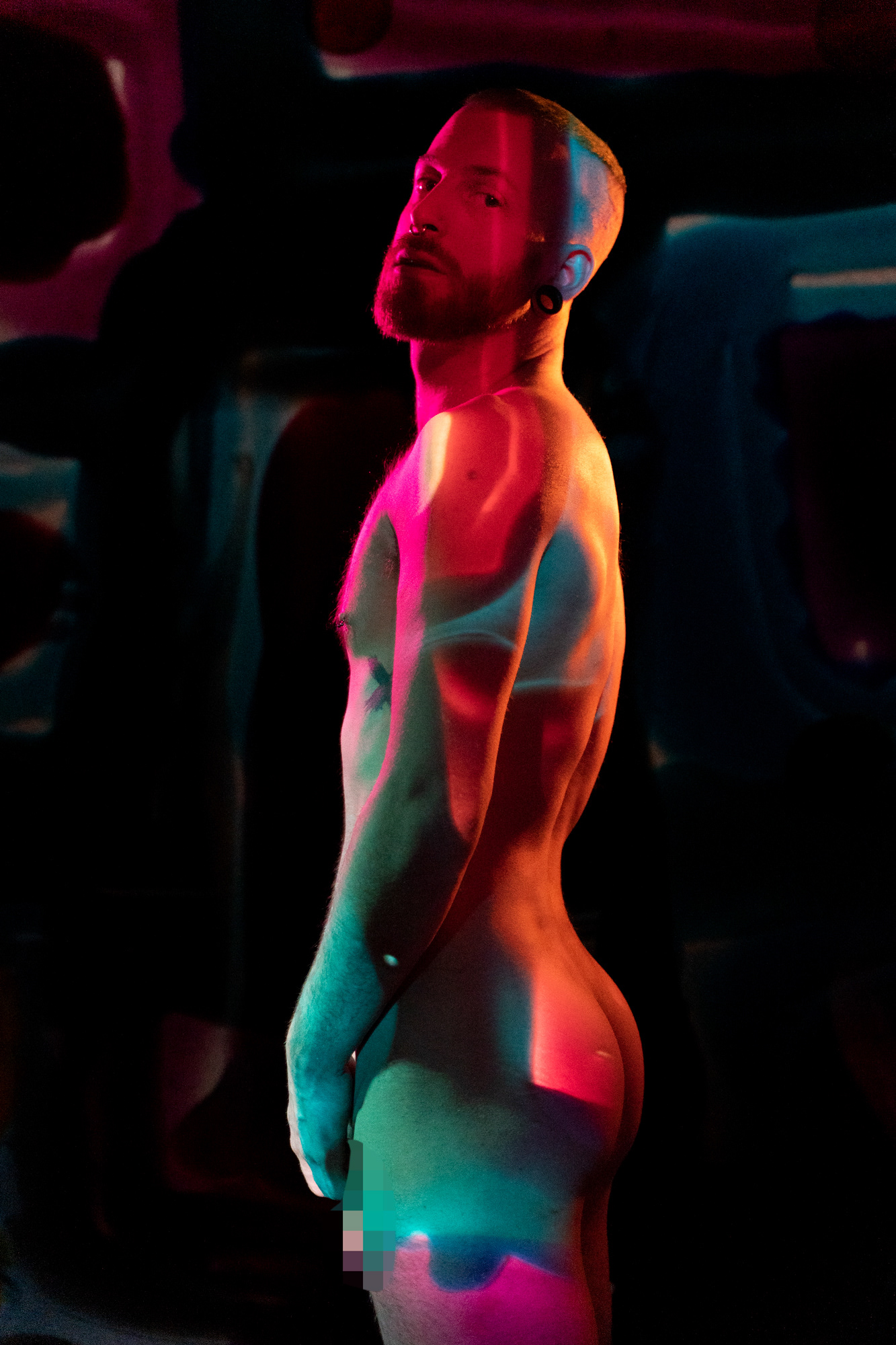
Sebastien
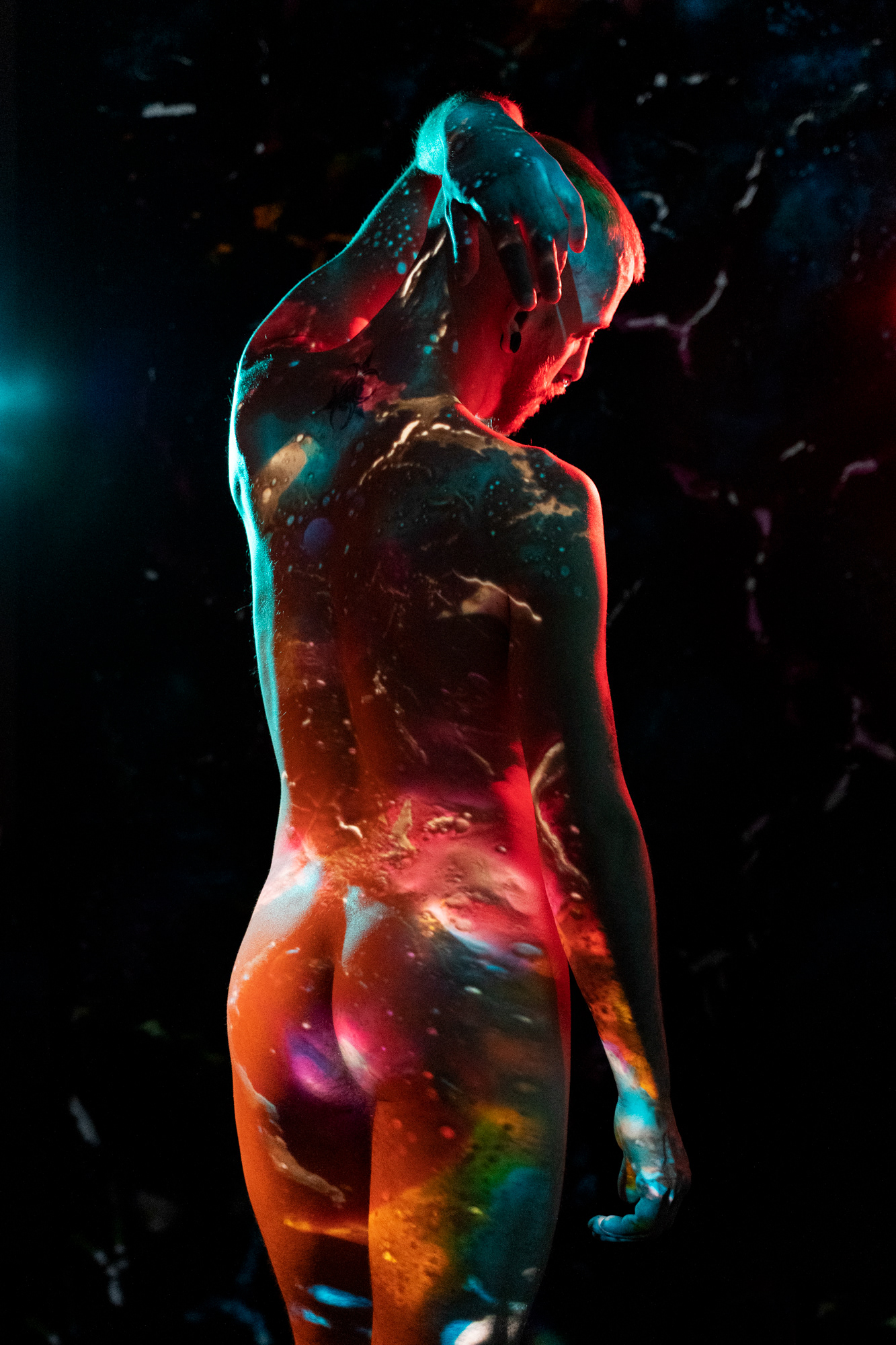
Sebastien
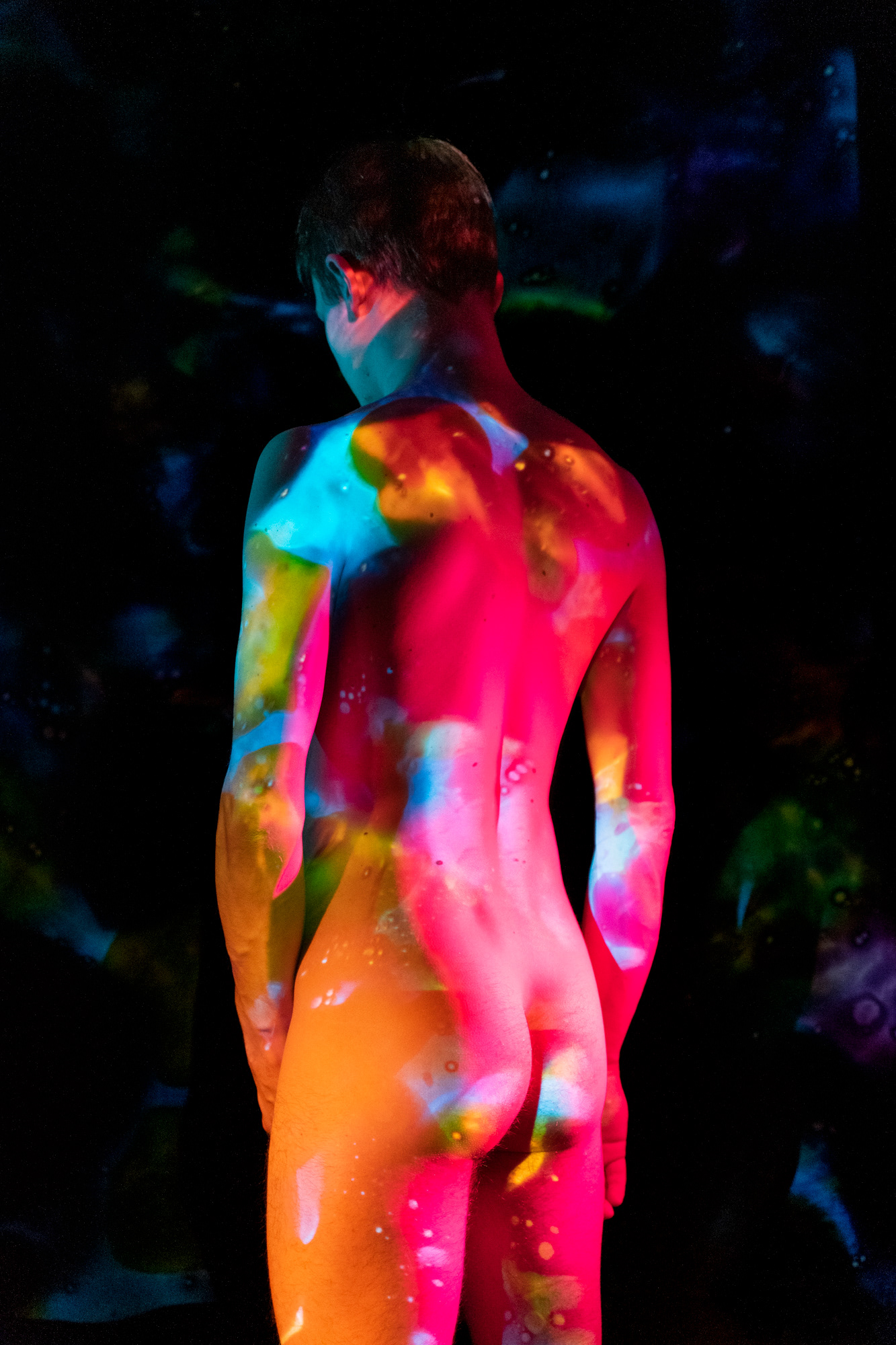
Flo
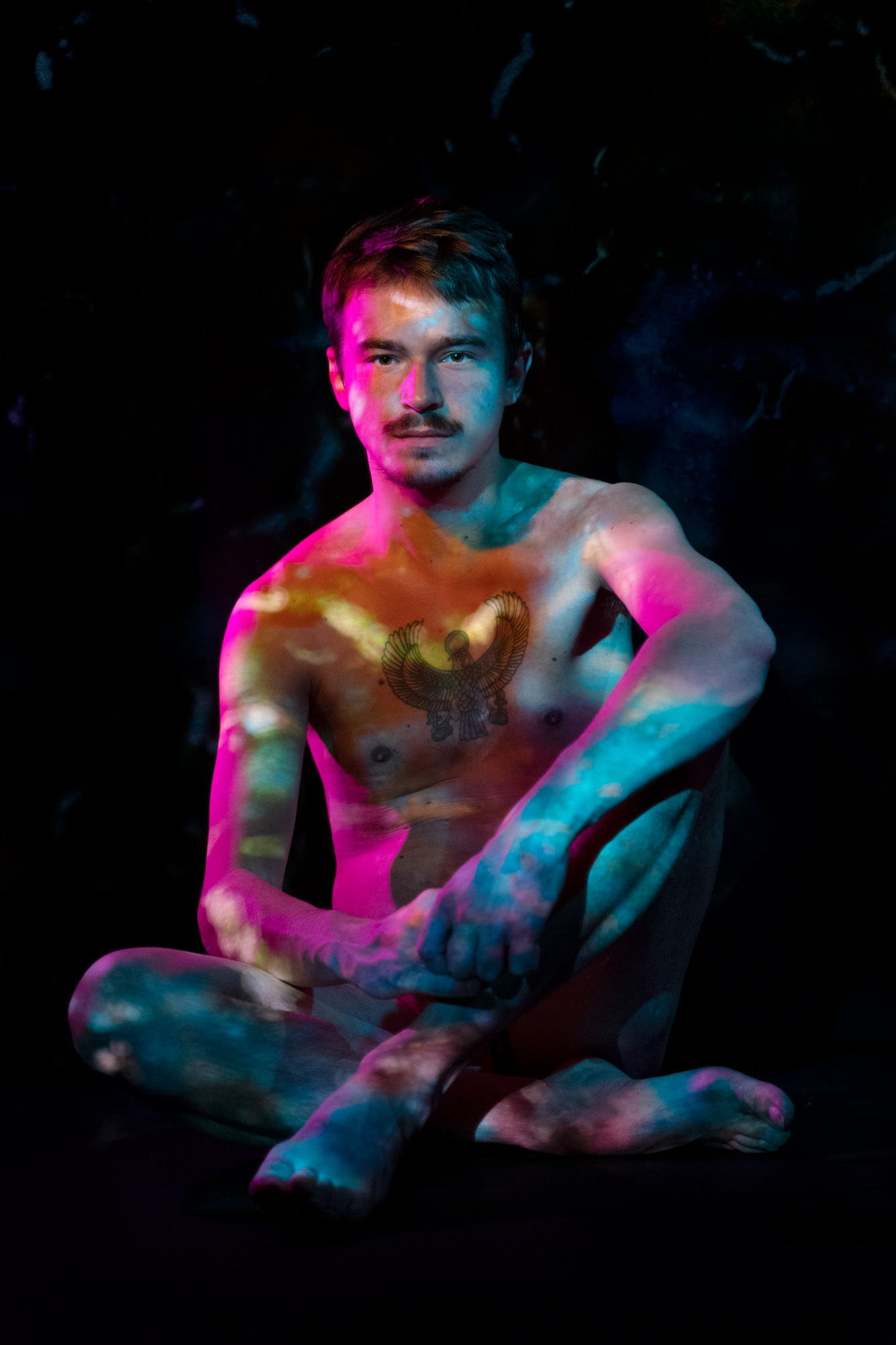
Flo
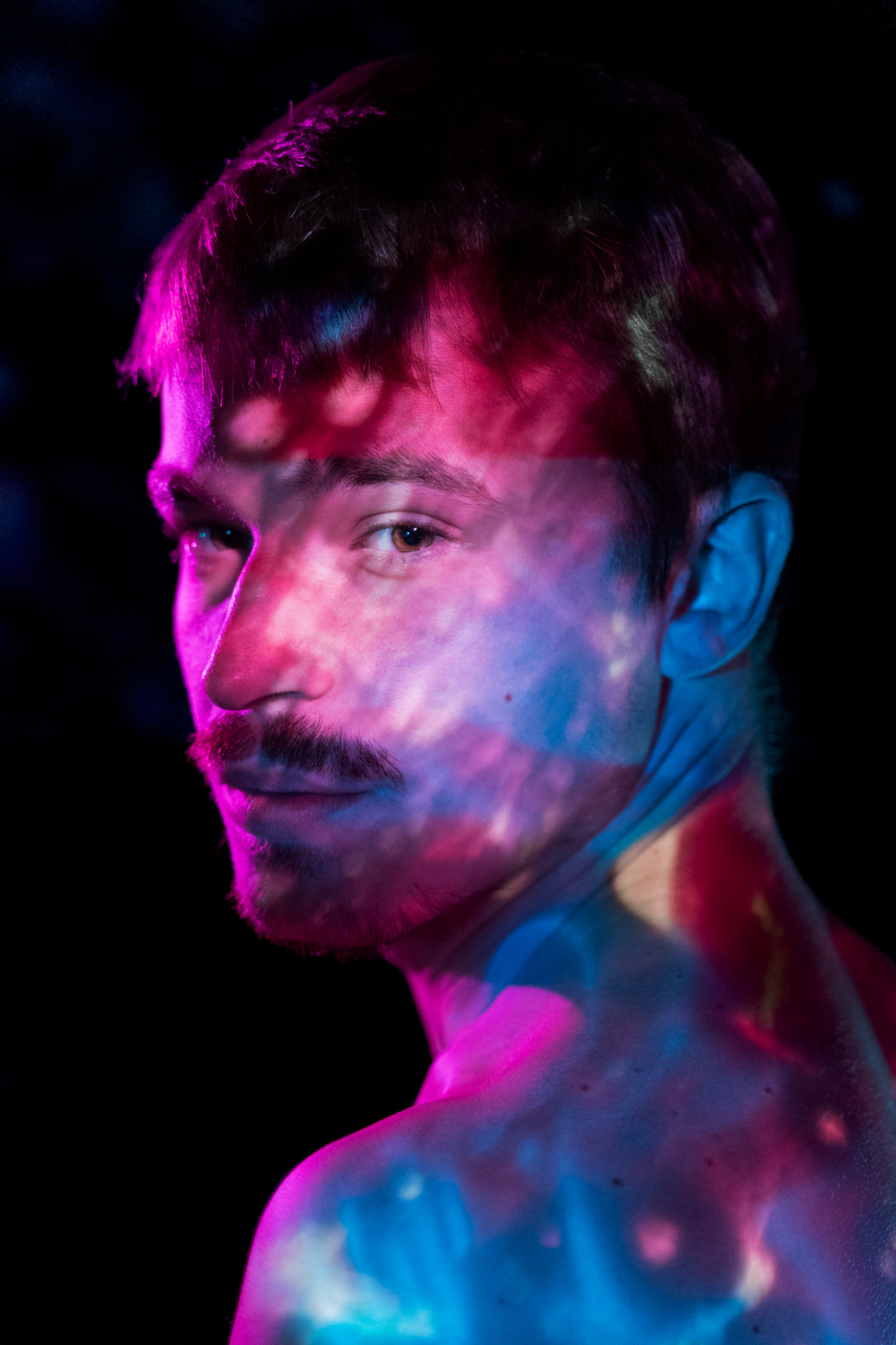
Flo
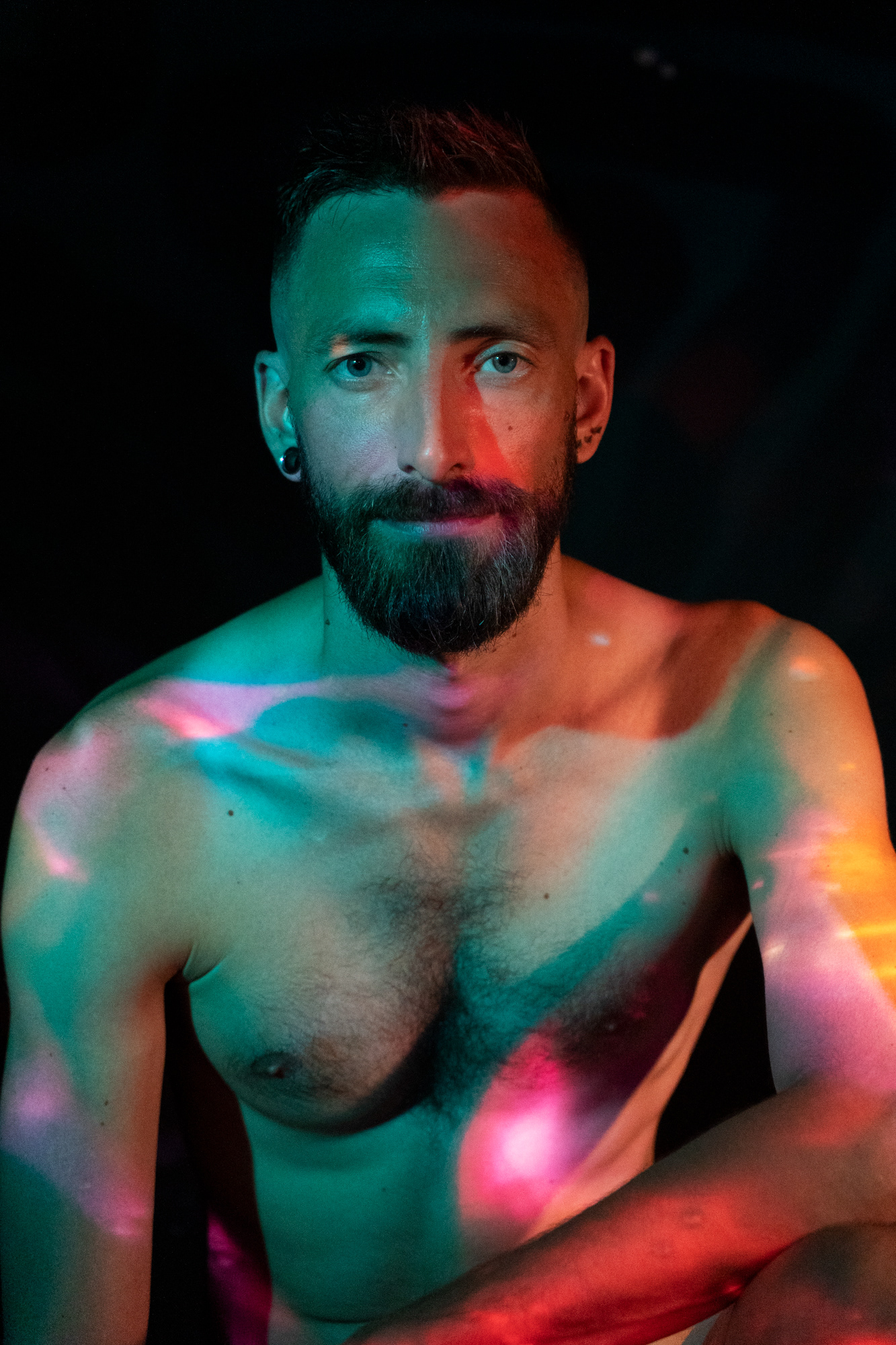
Remy
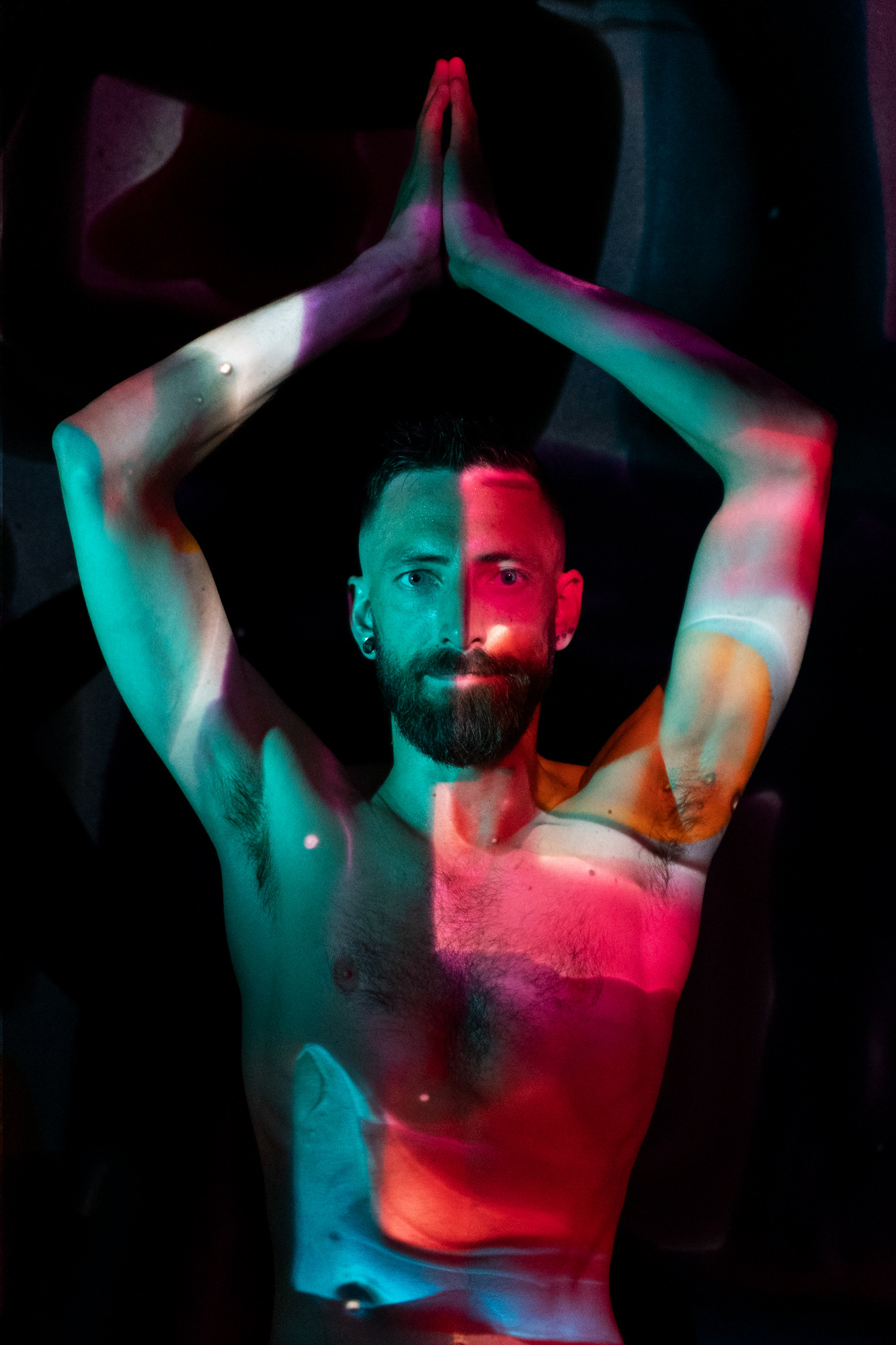
Remy
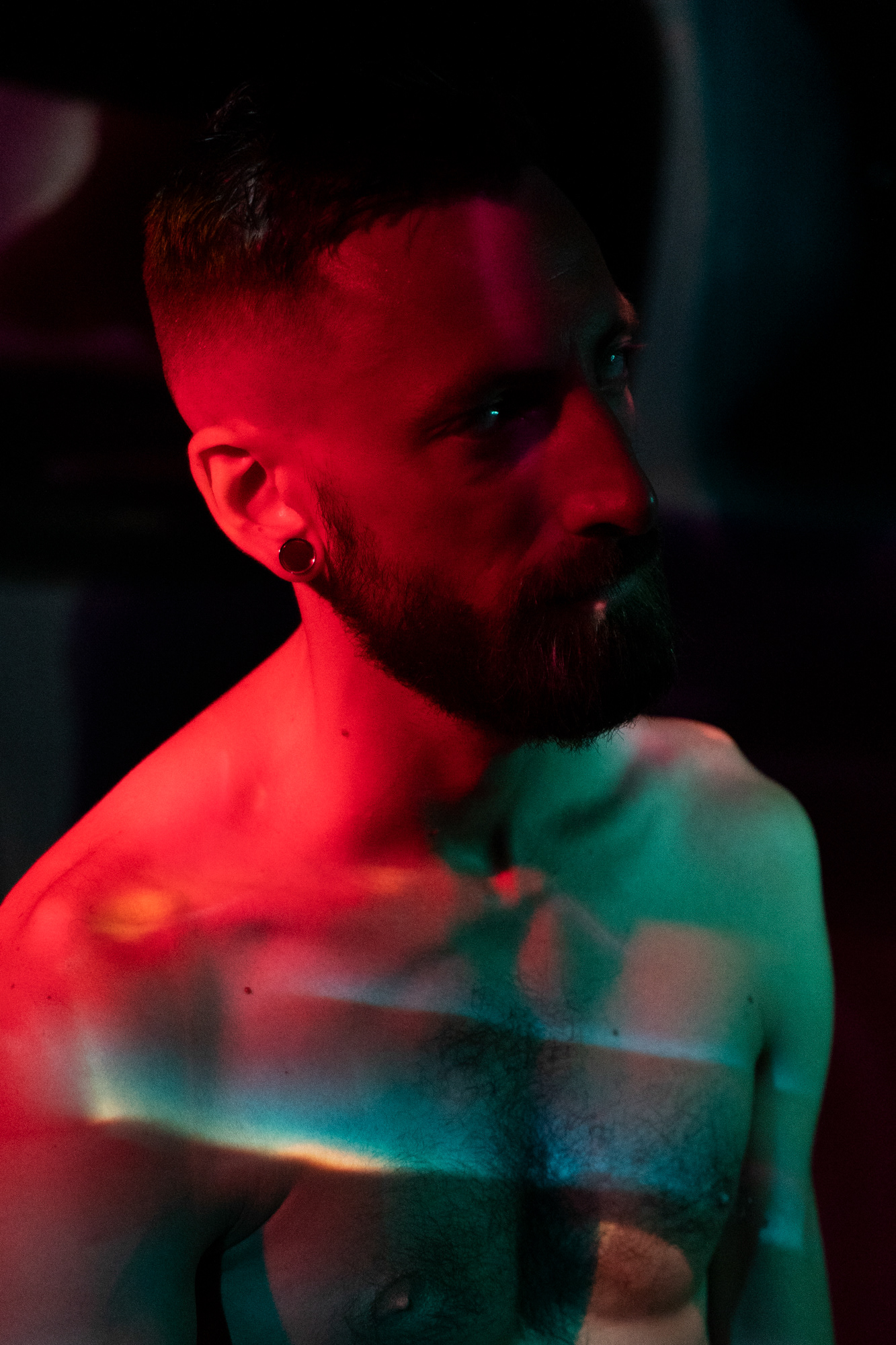
Remy
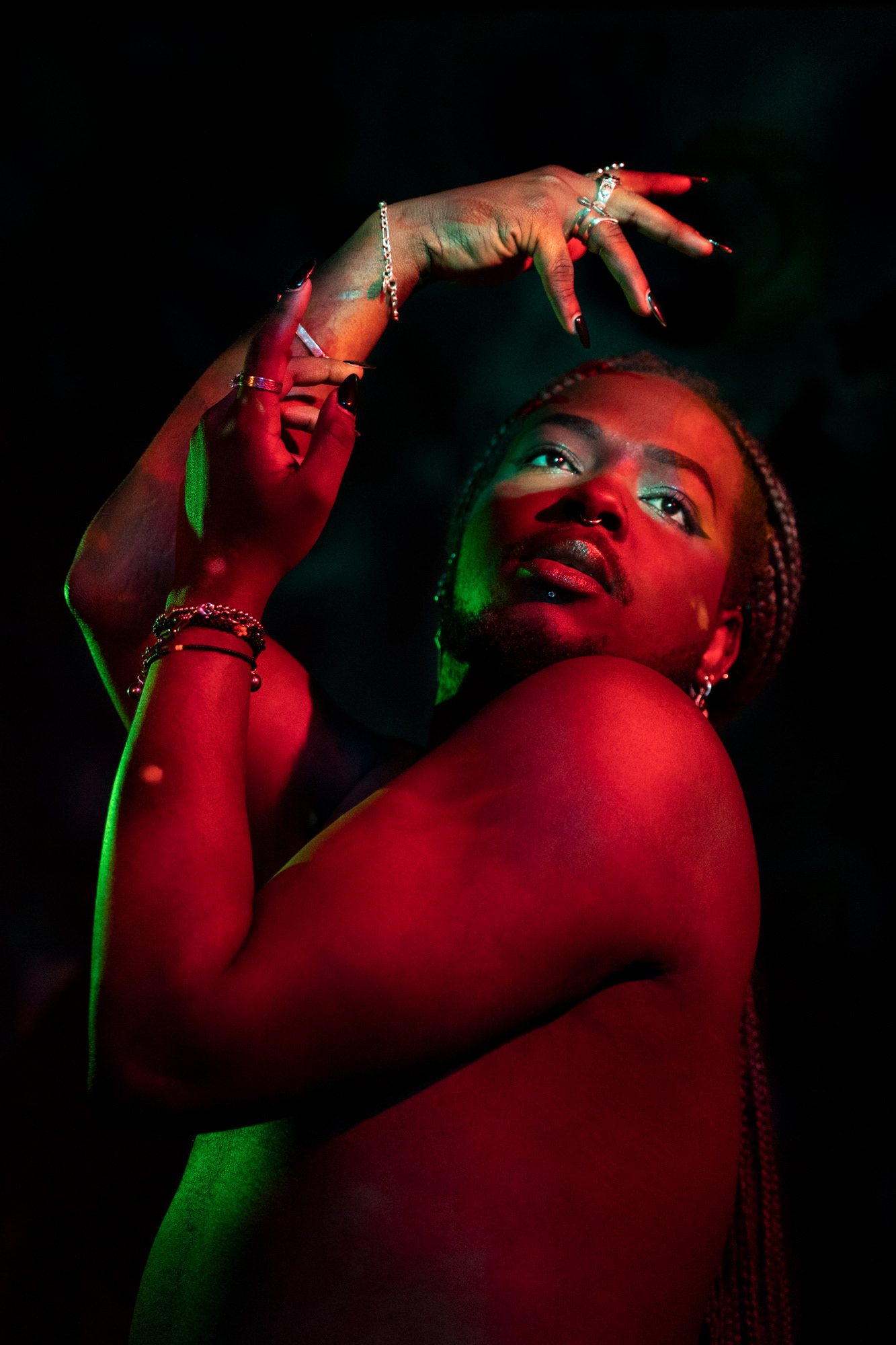
Andy
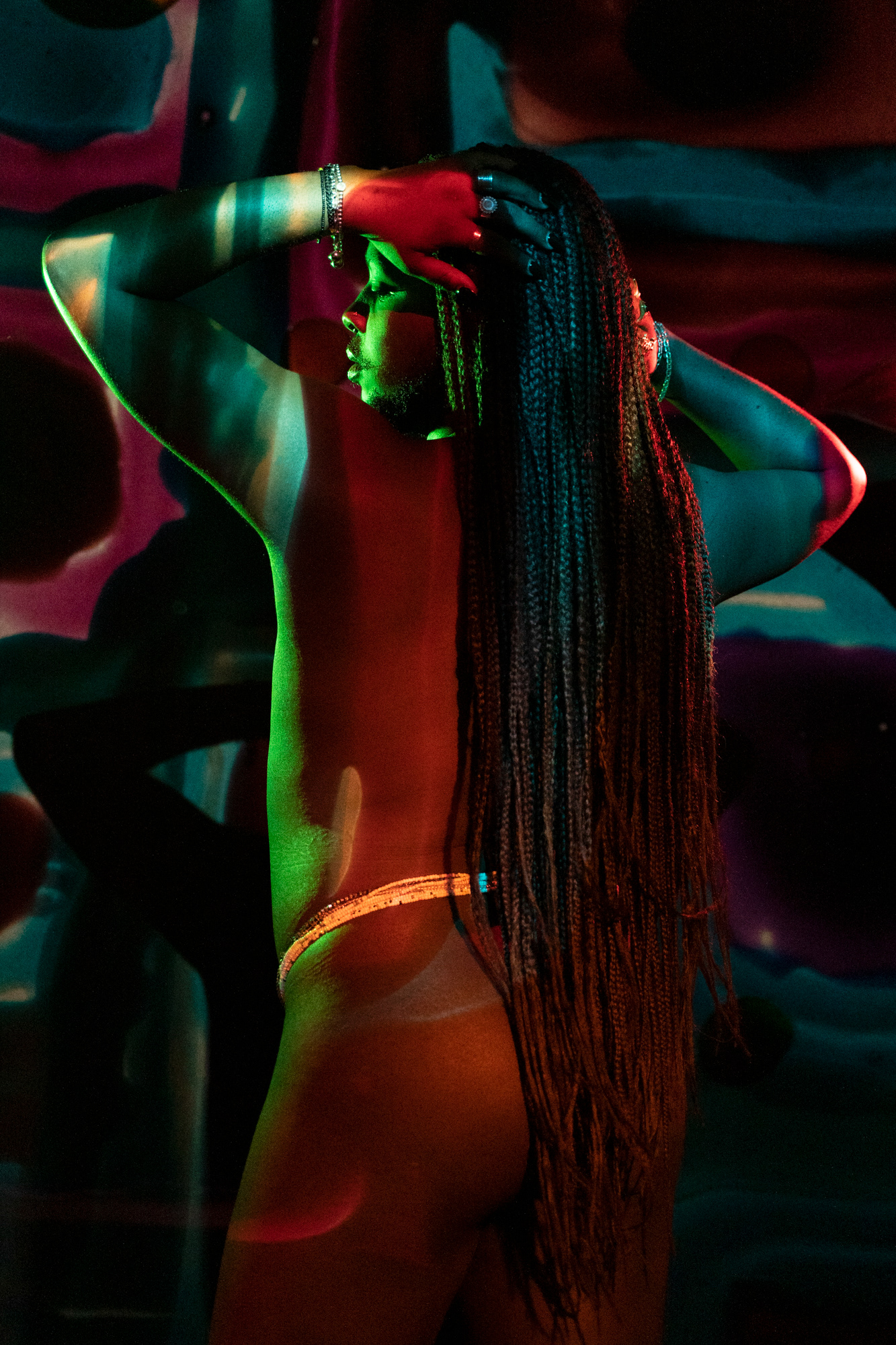
Andy
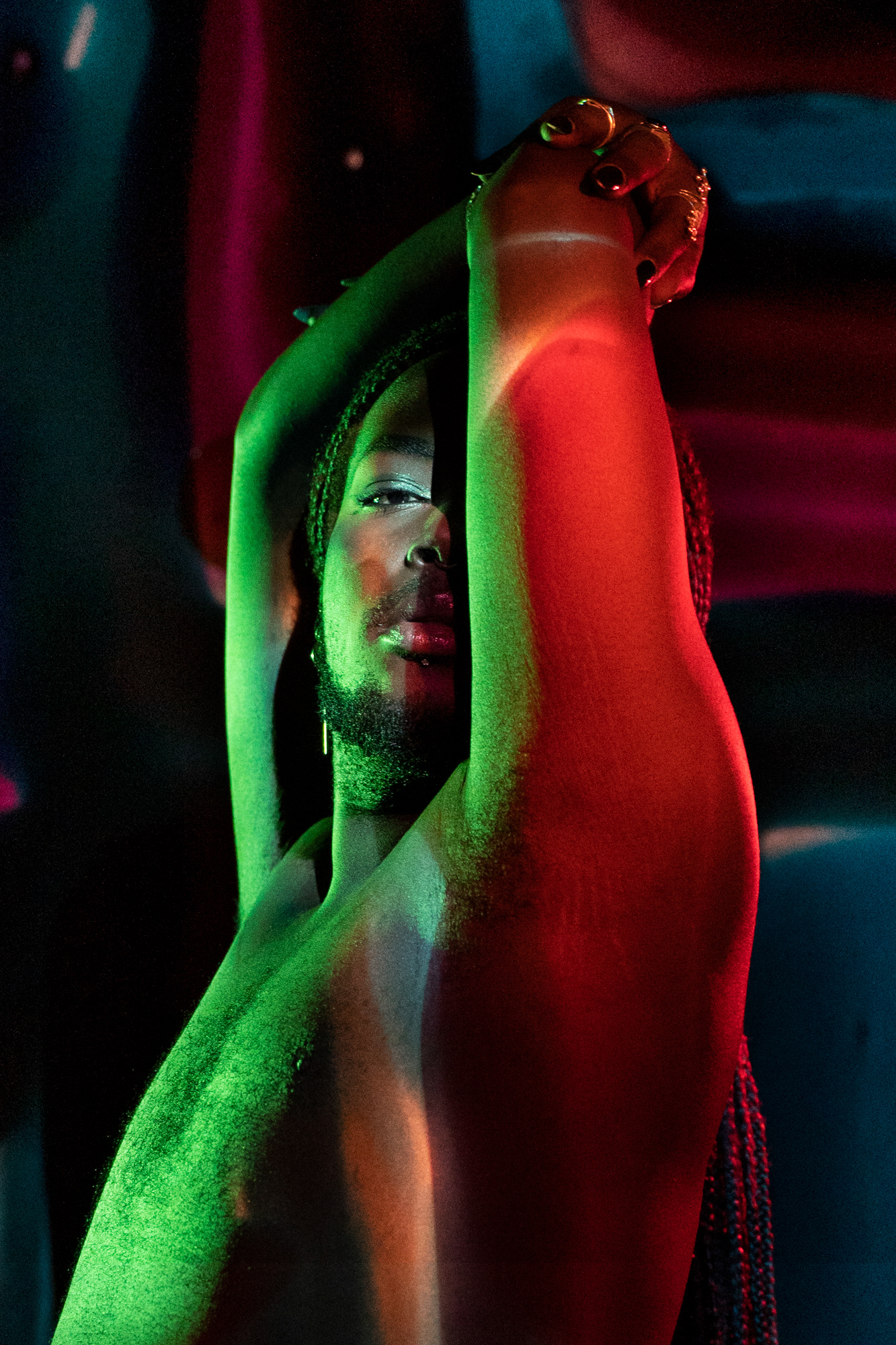
Andy
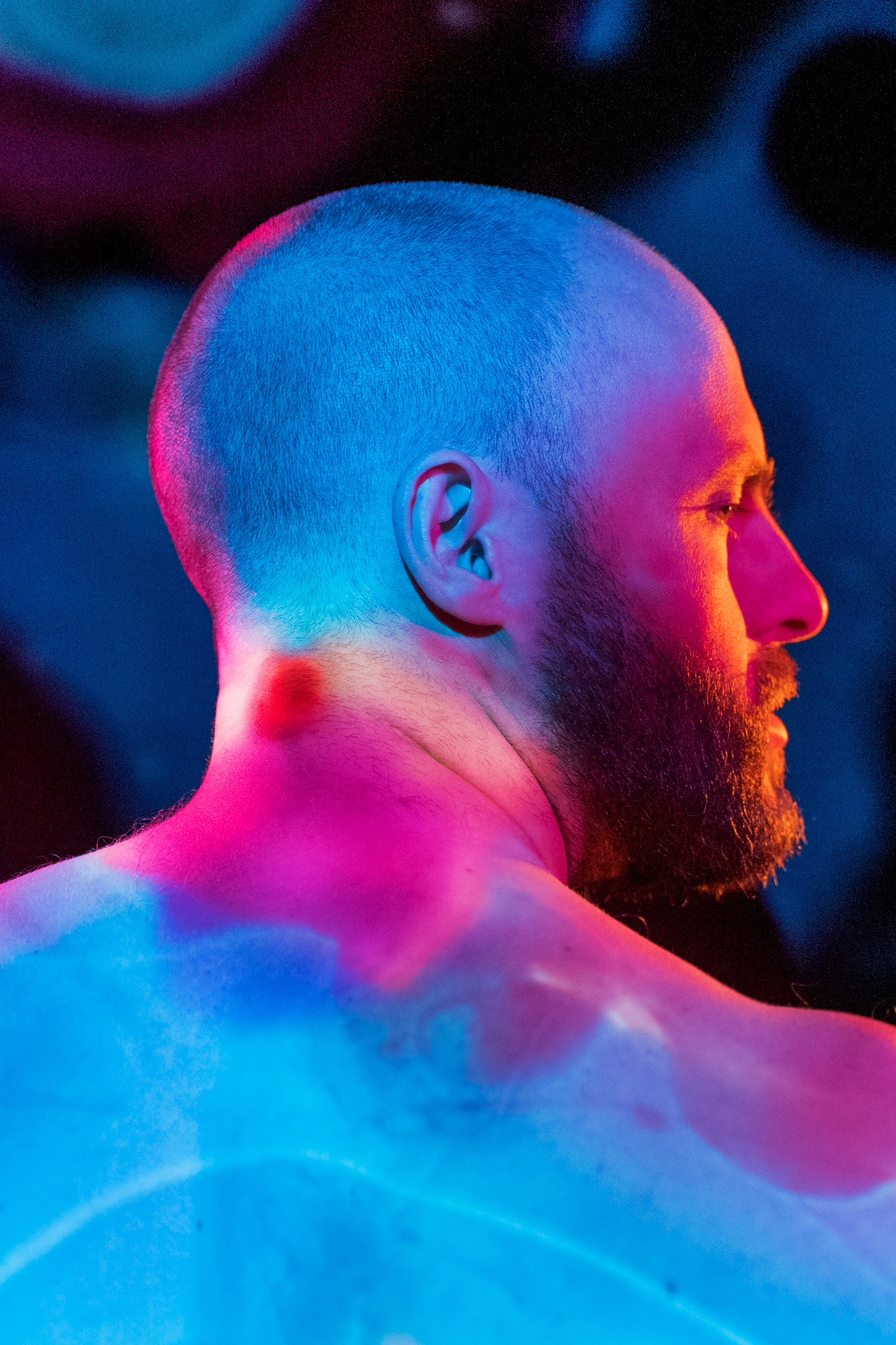
Fred
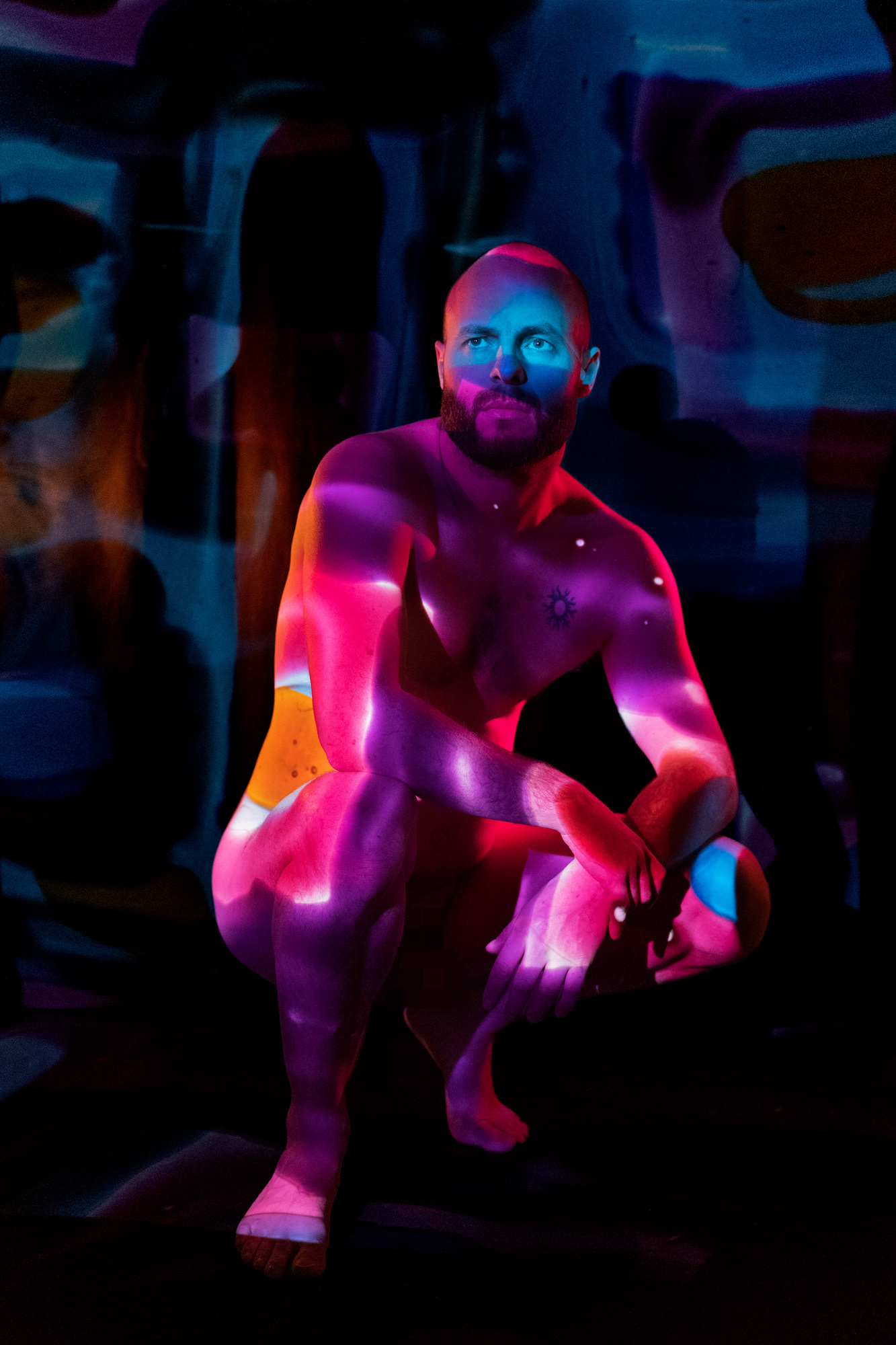
Fred
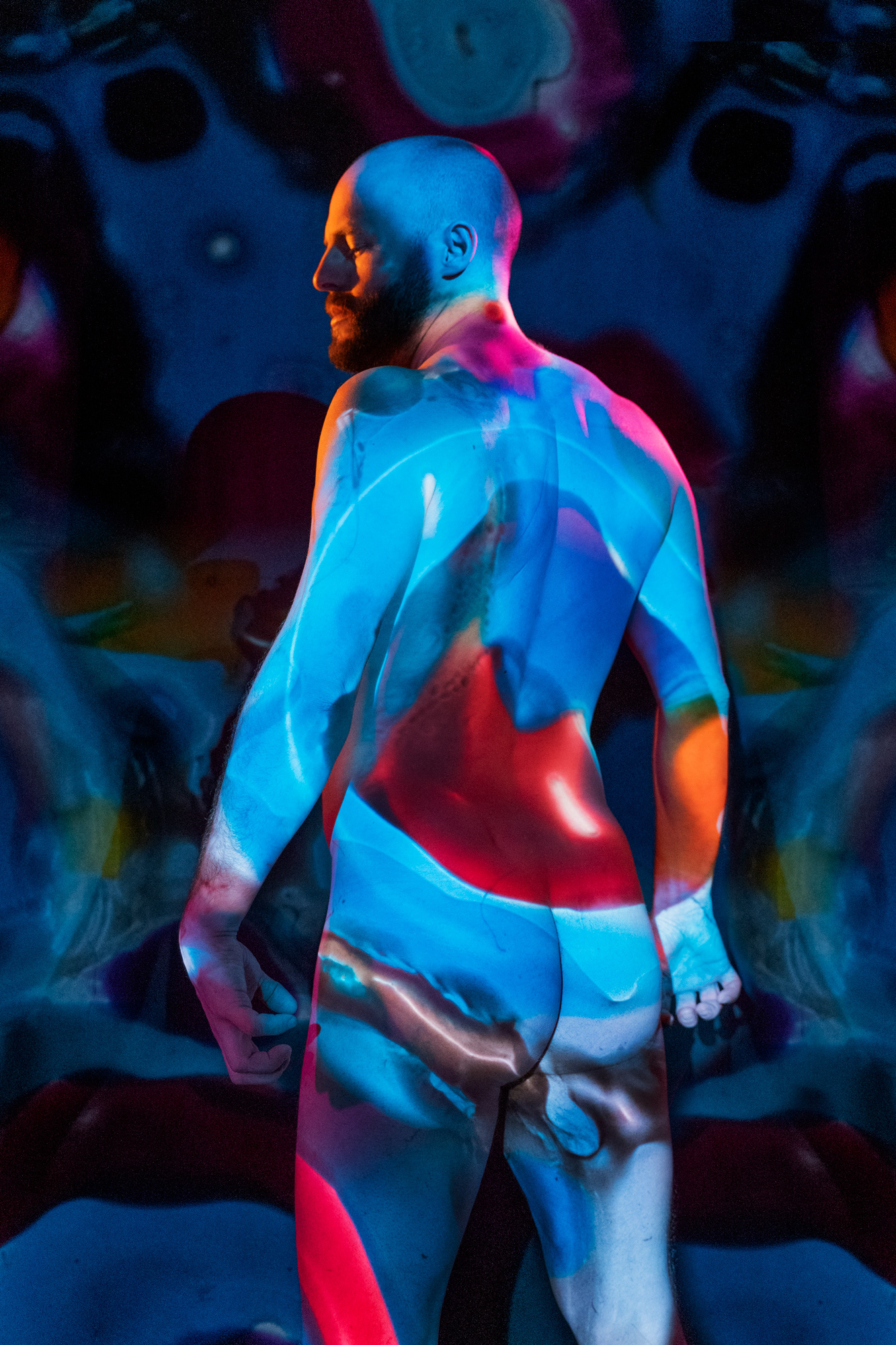
Fred
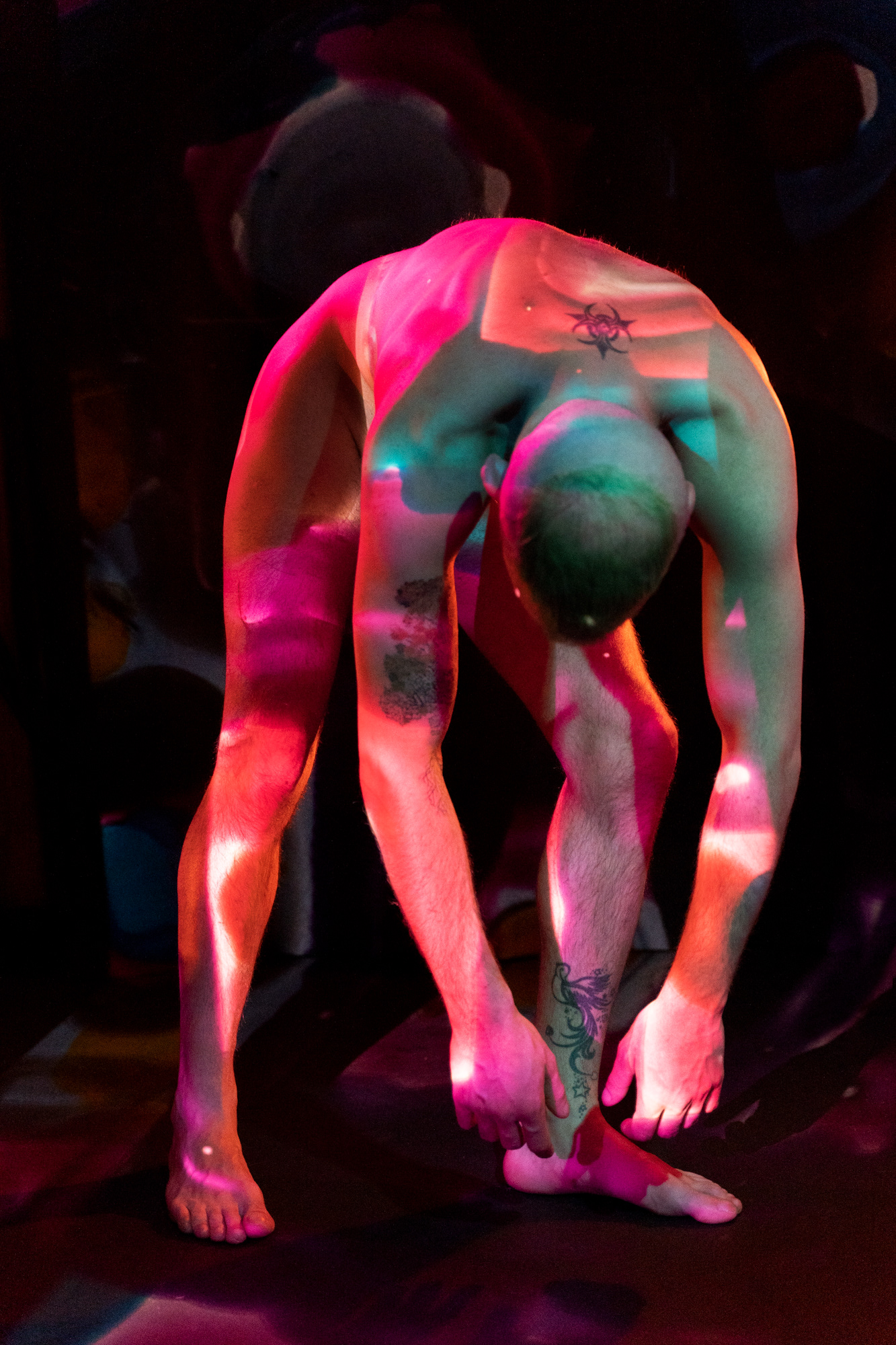
Sebastien
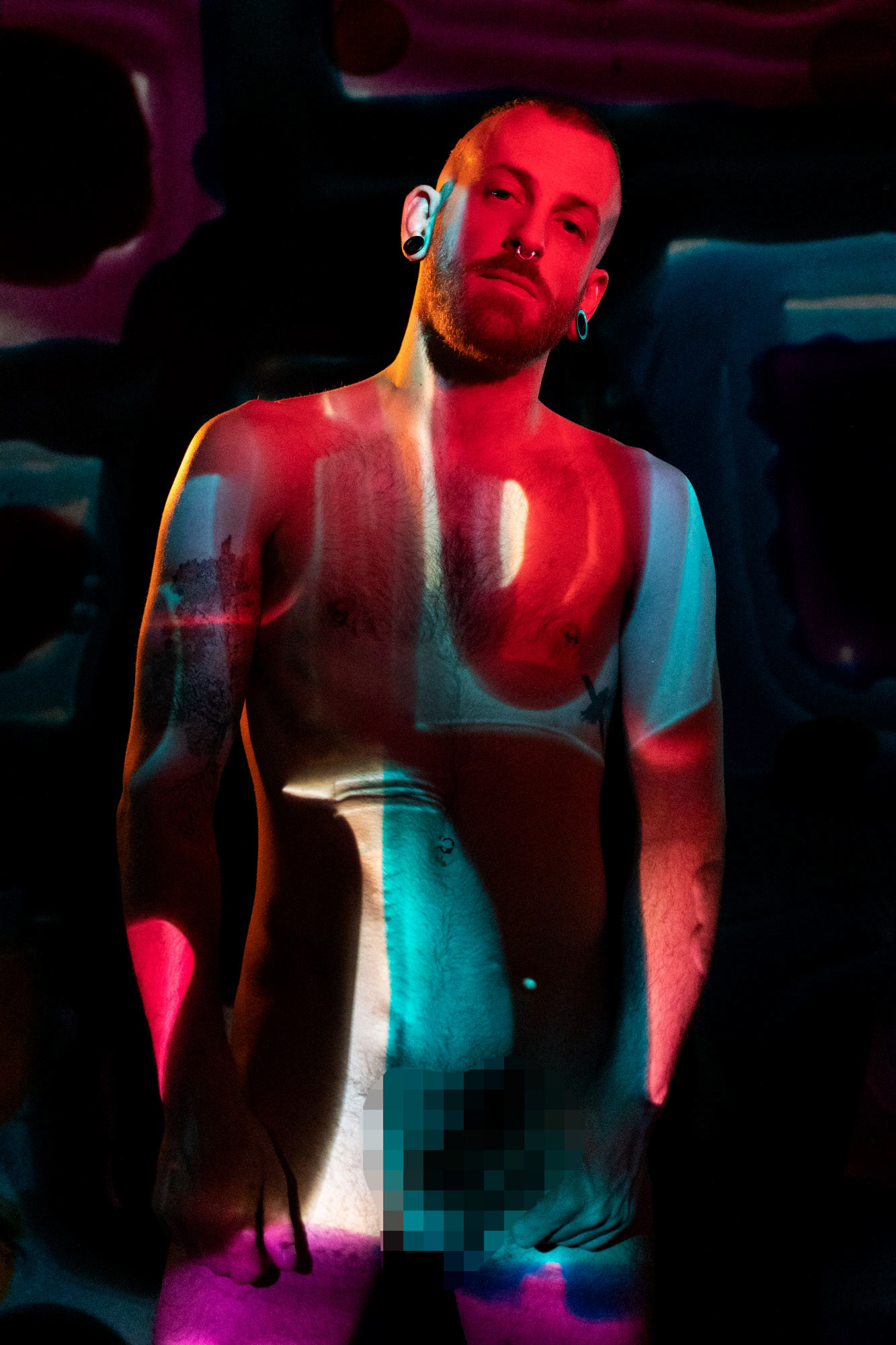
Sebastien
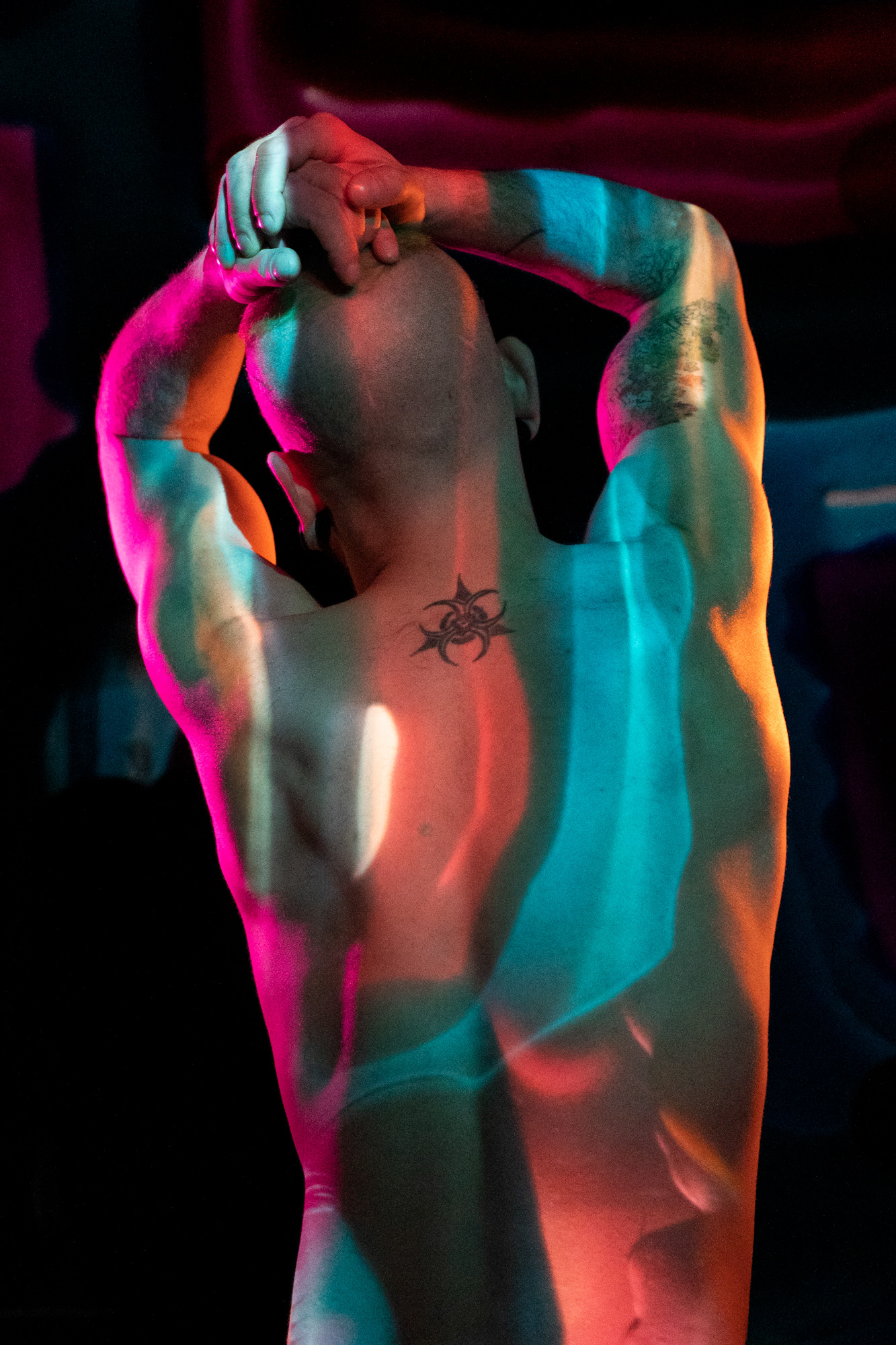
Sebastien
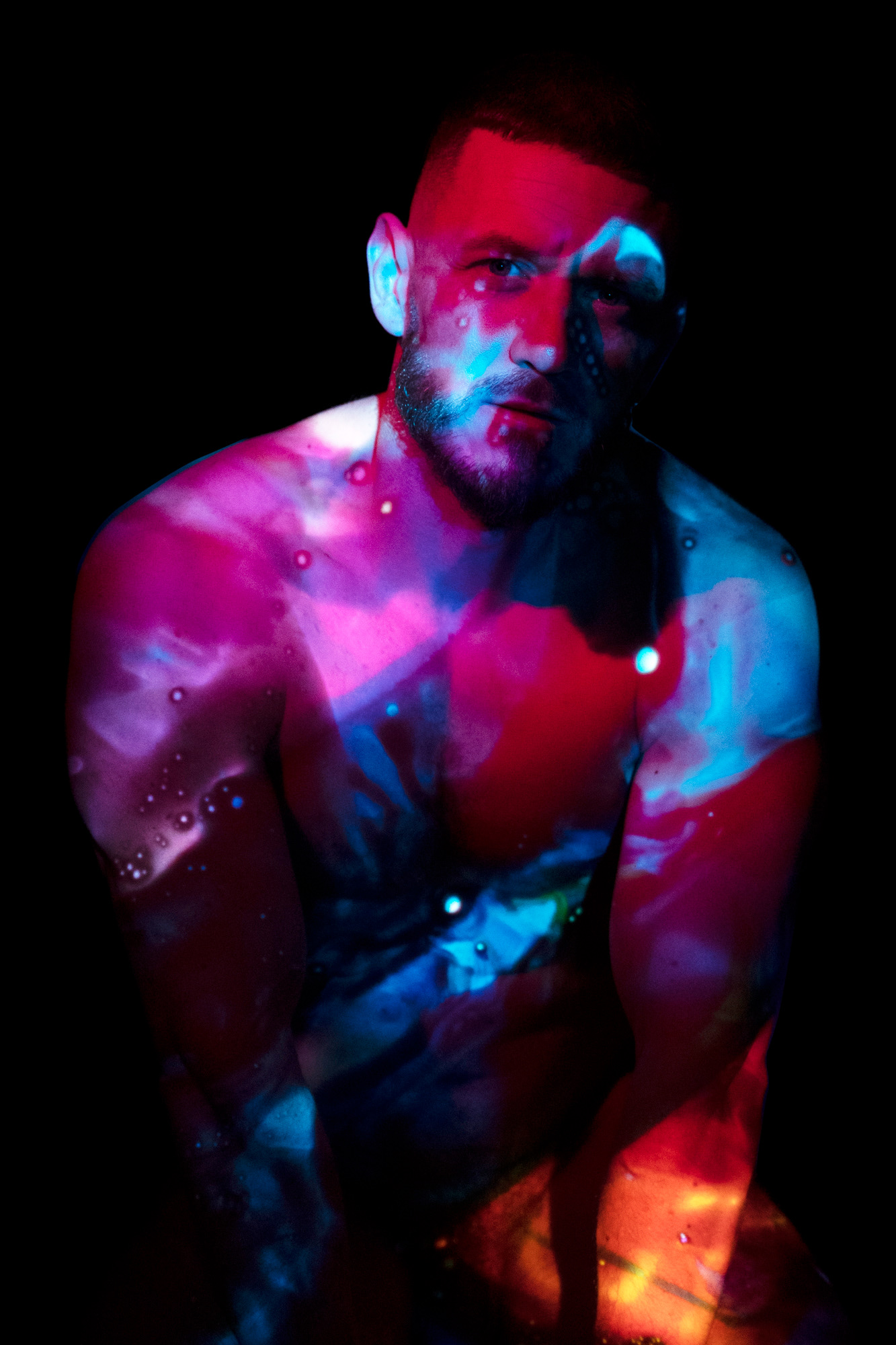
Karel
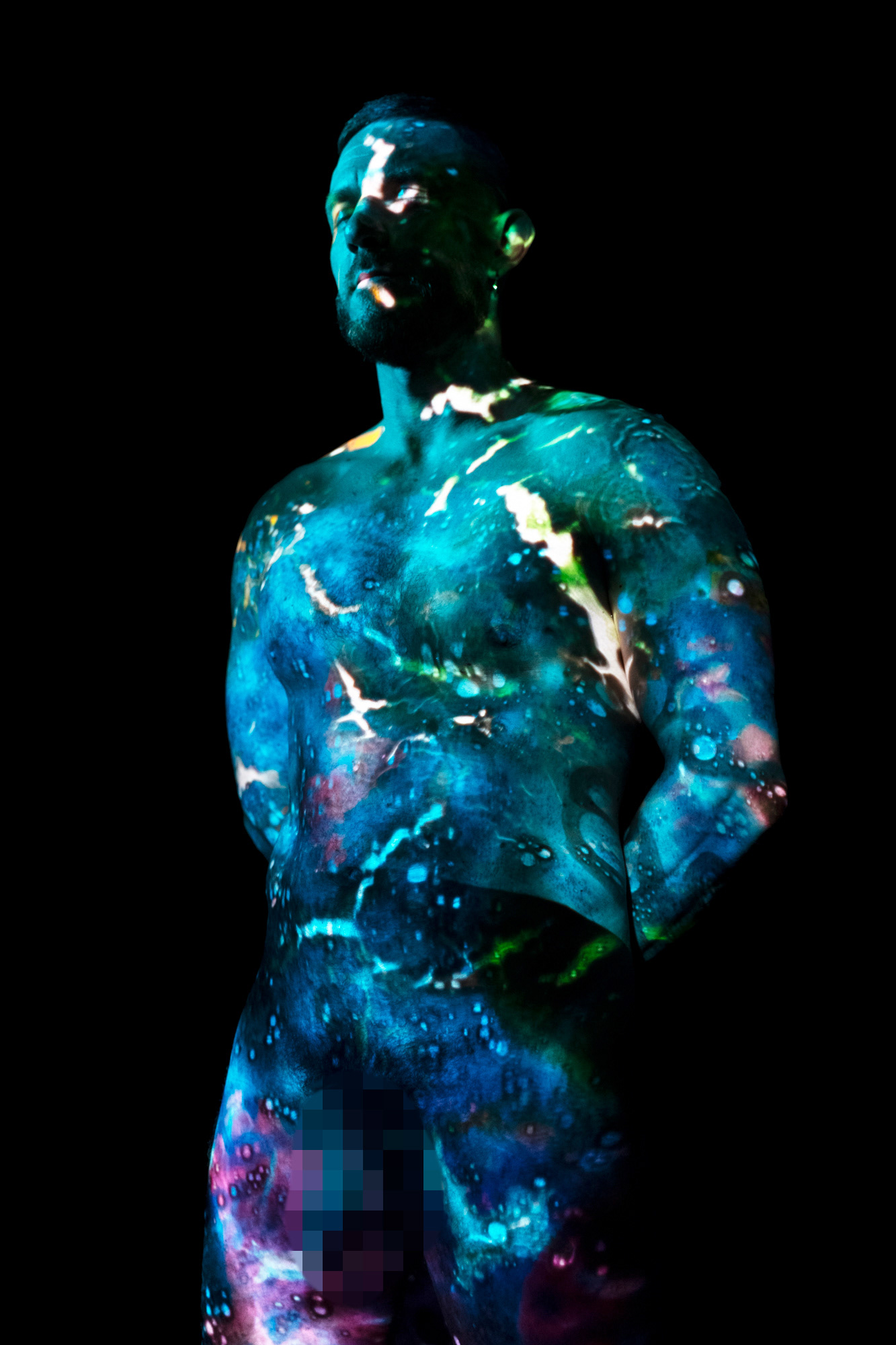
Karel
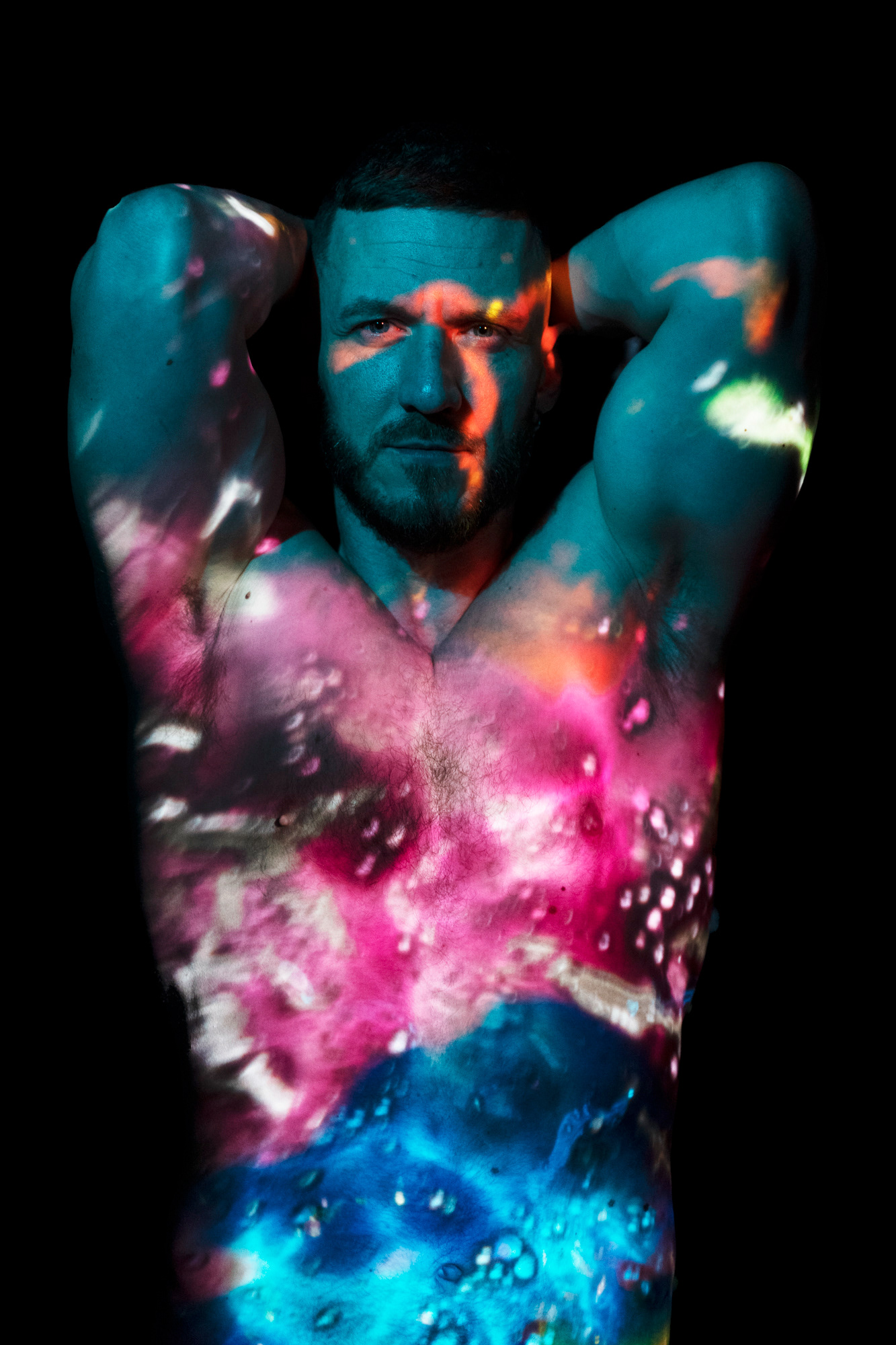
Karel
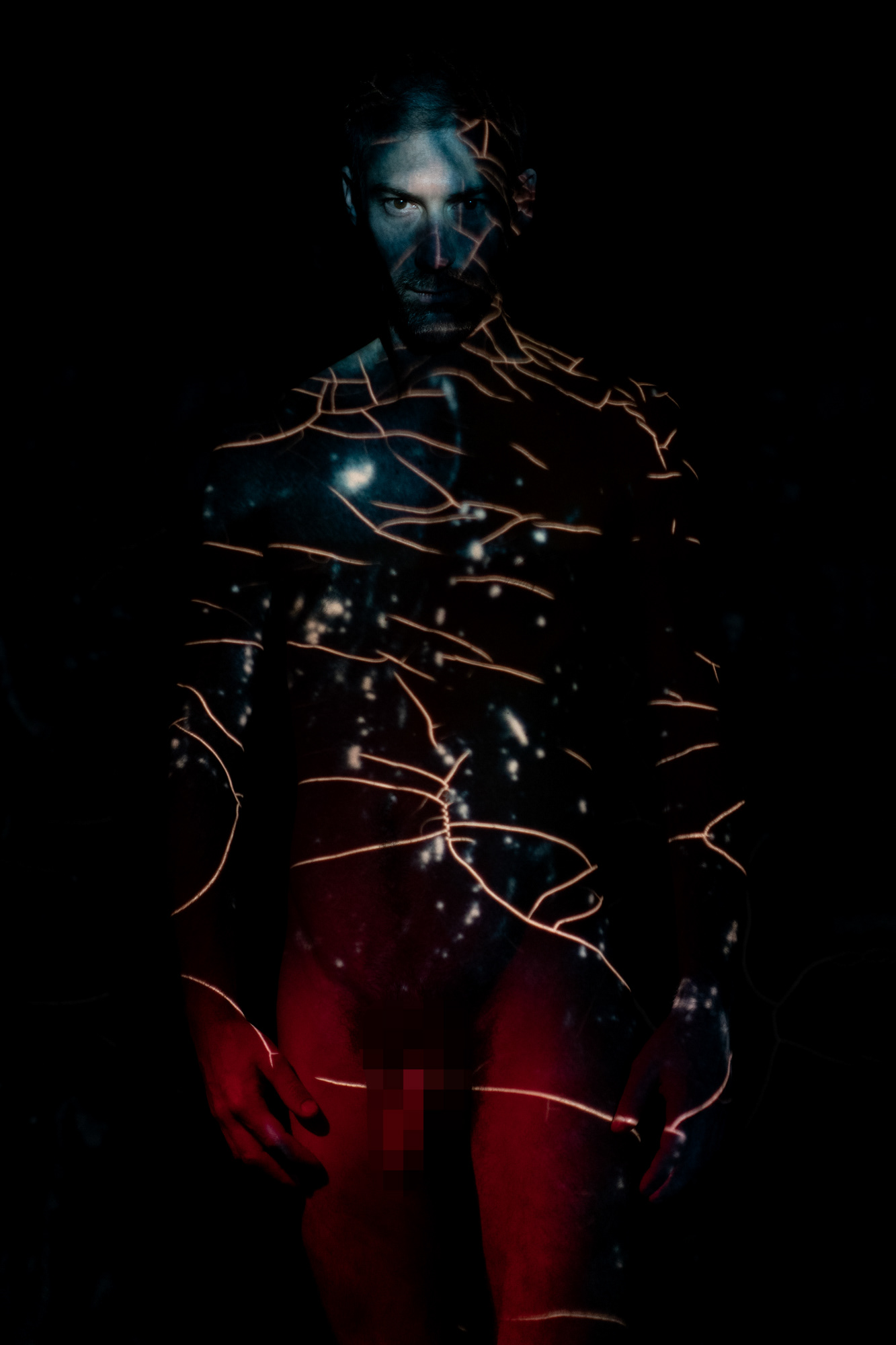
François
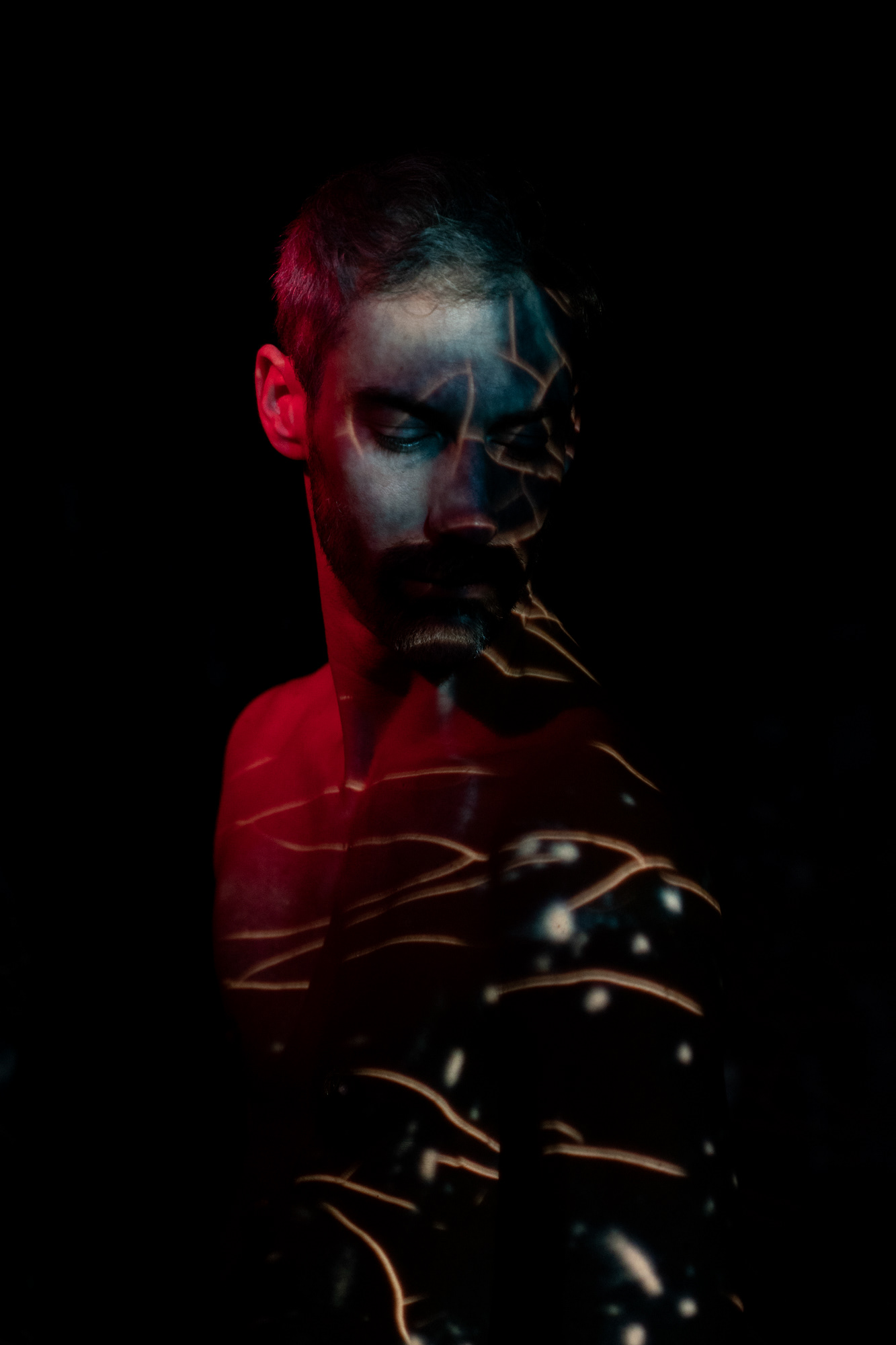
François
